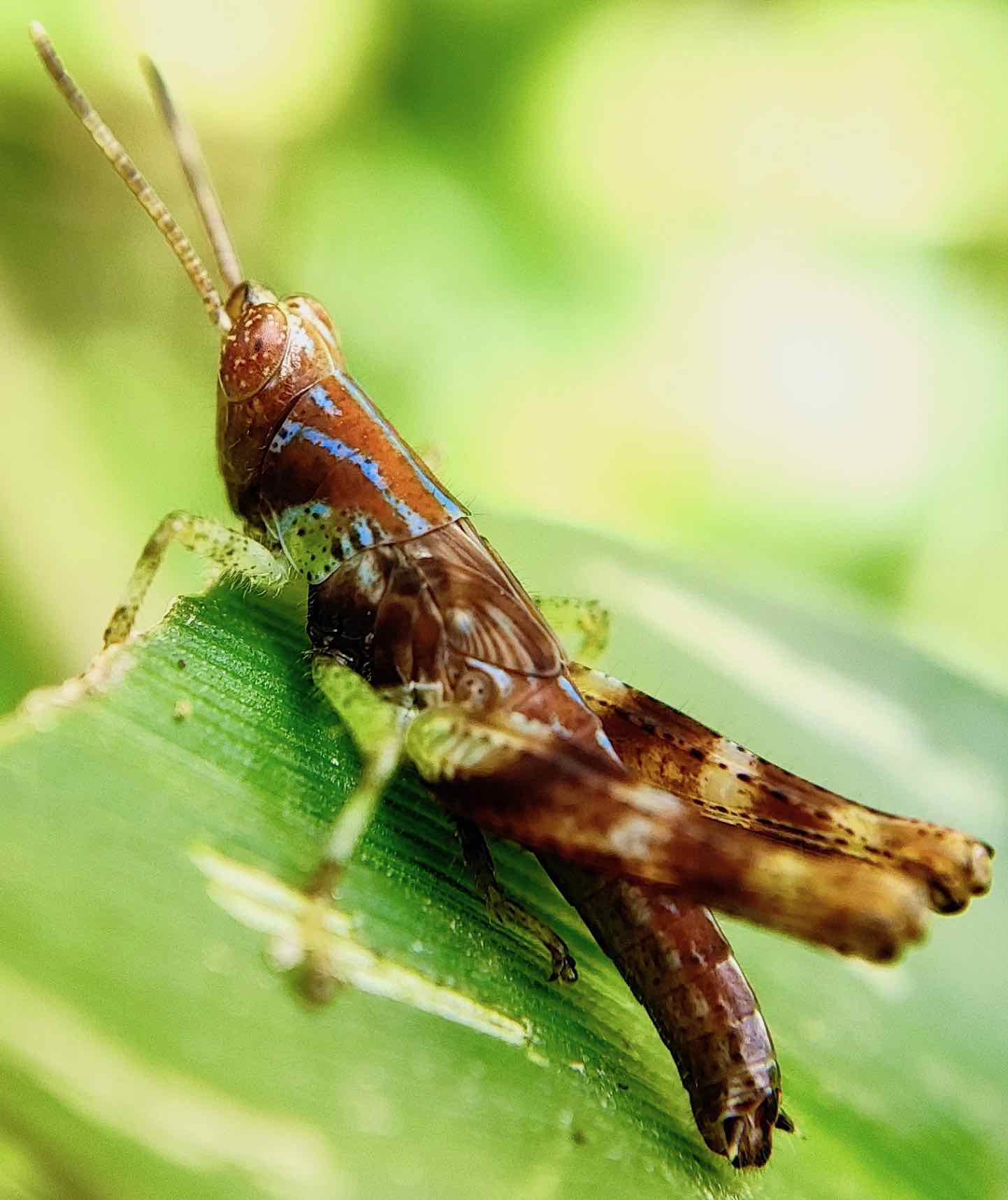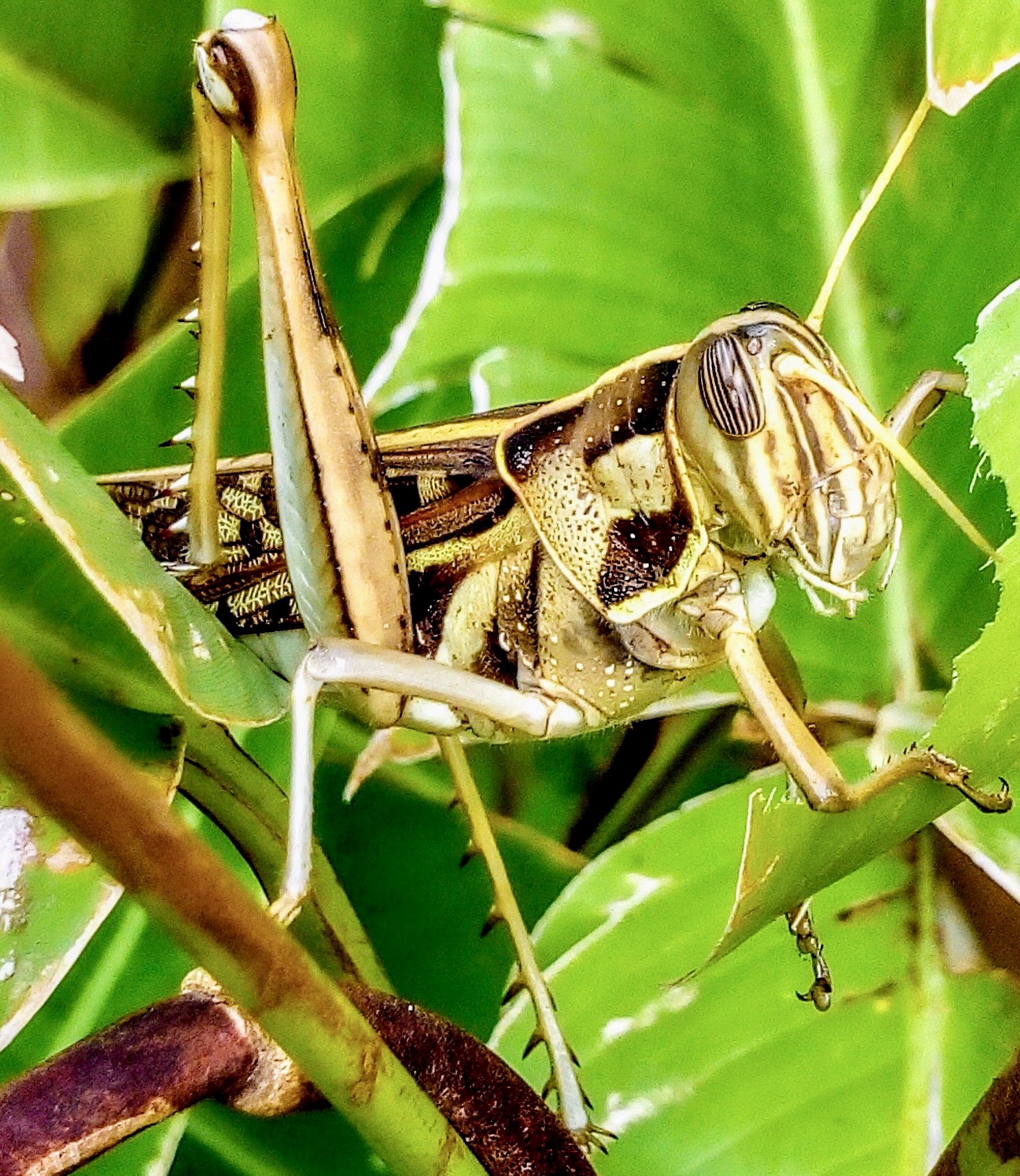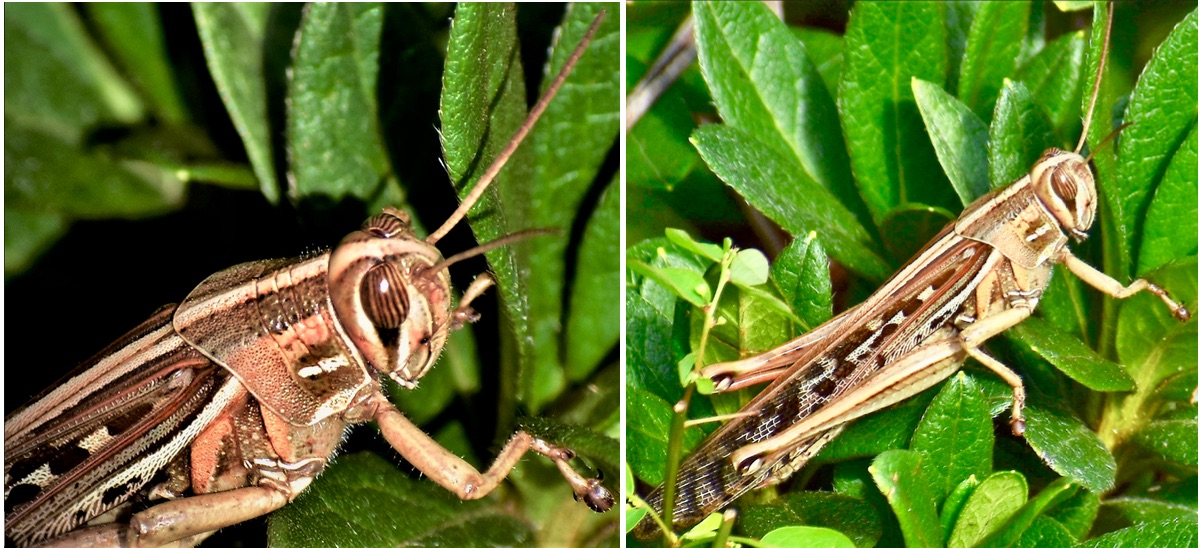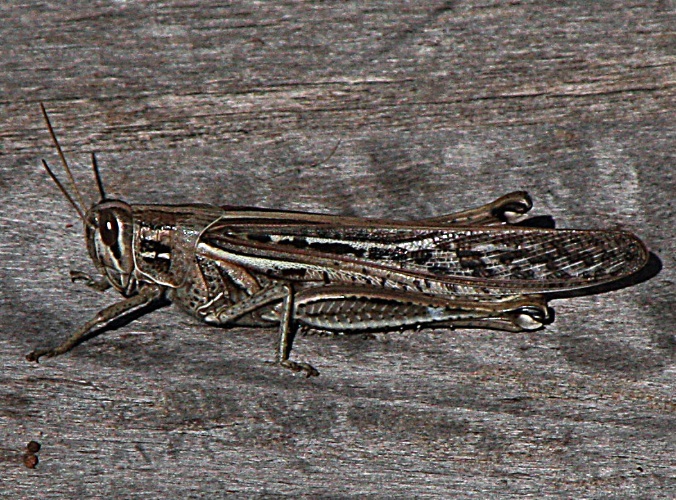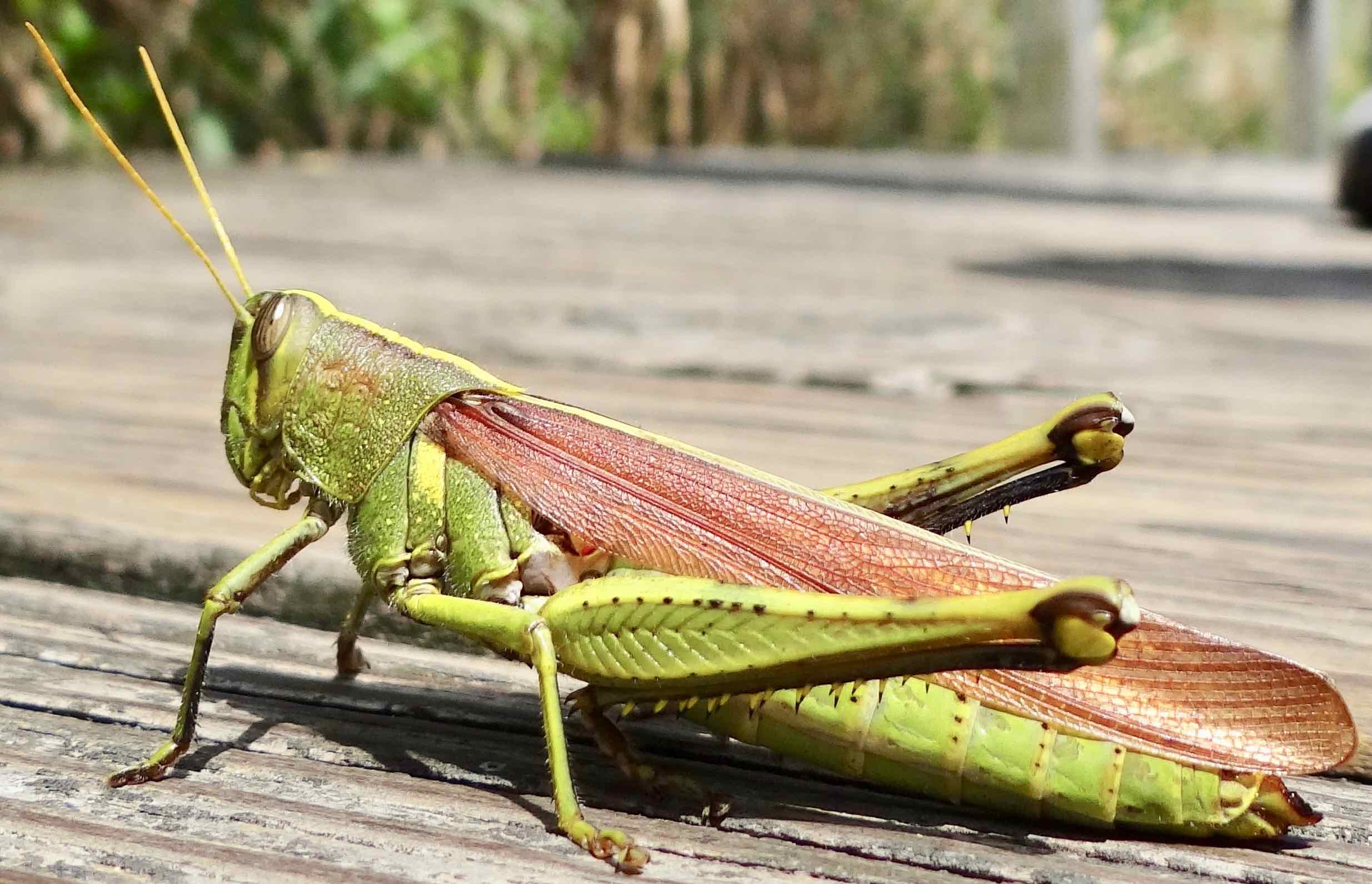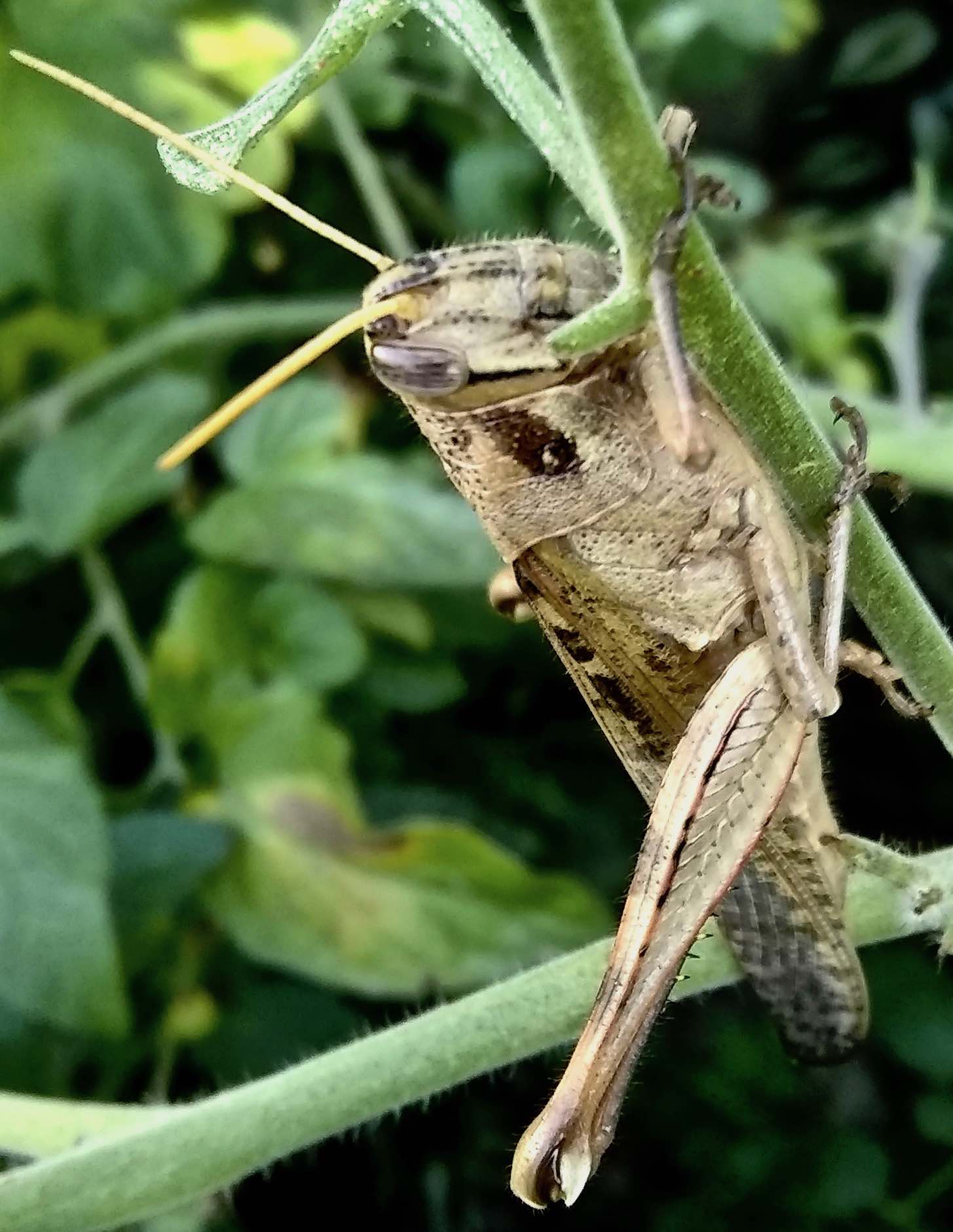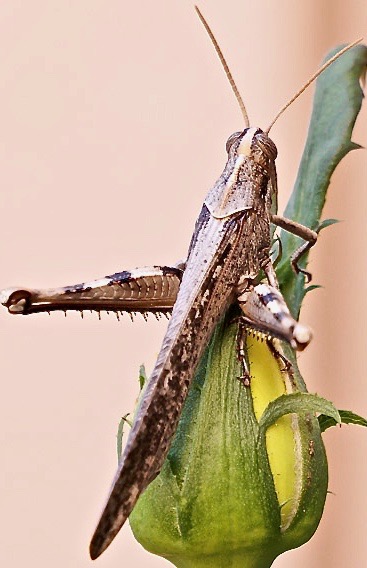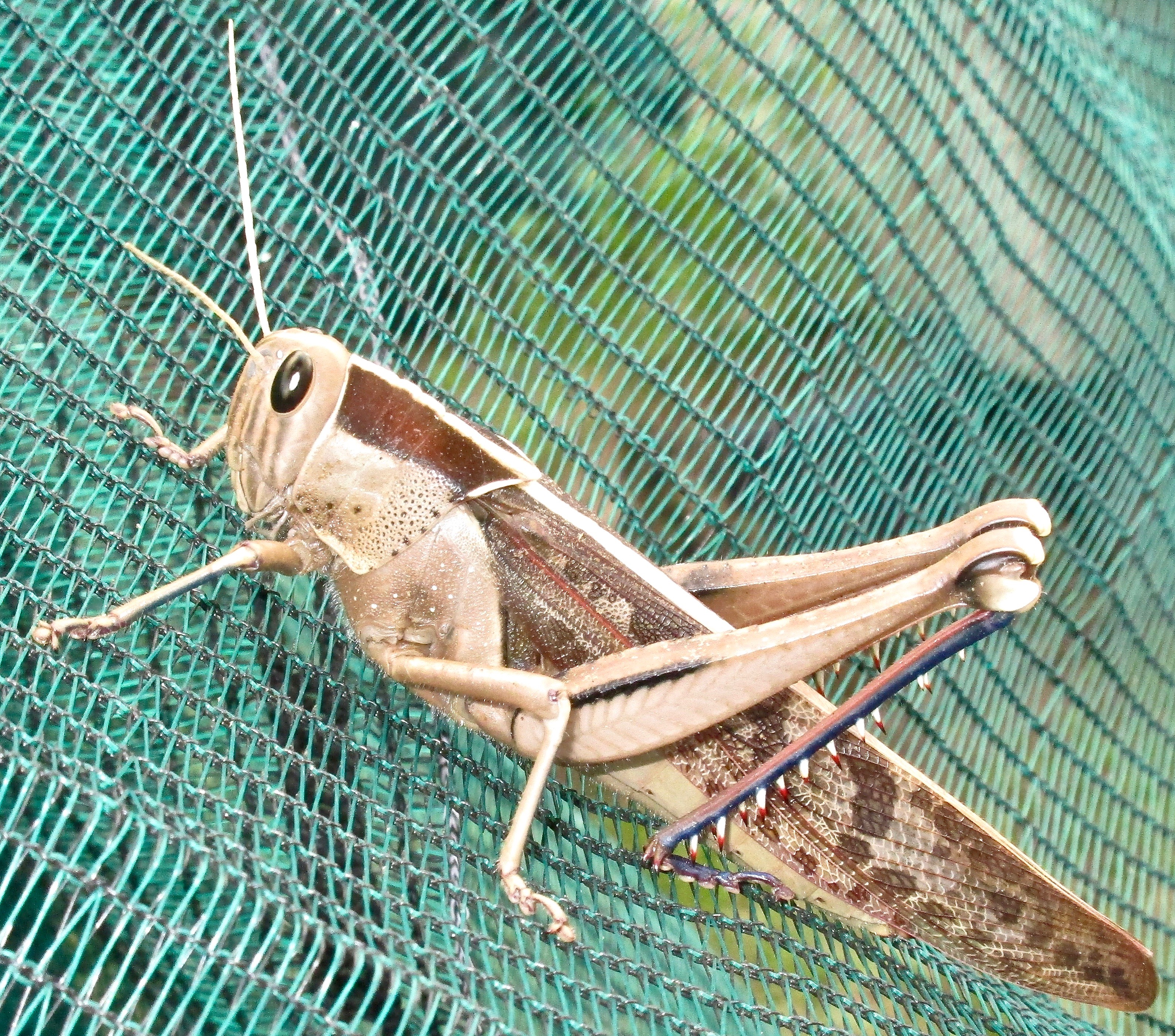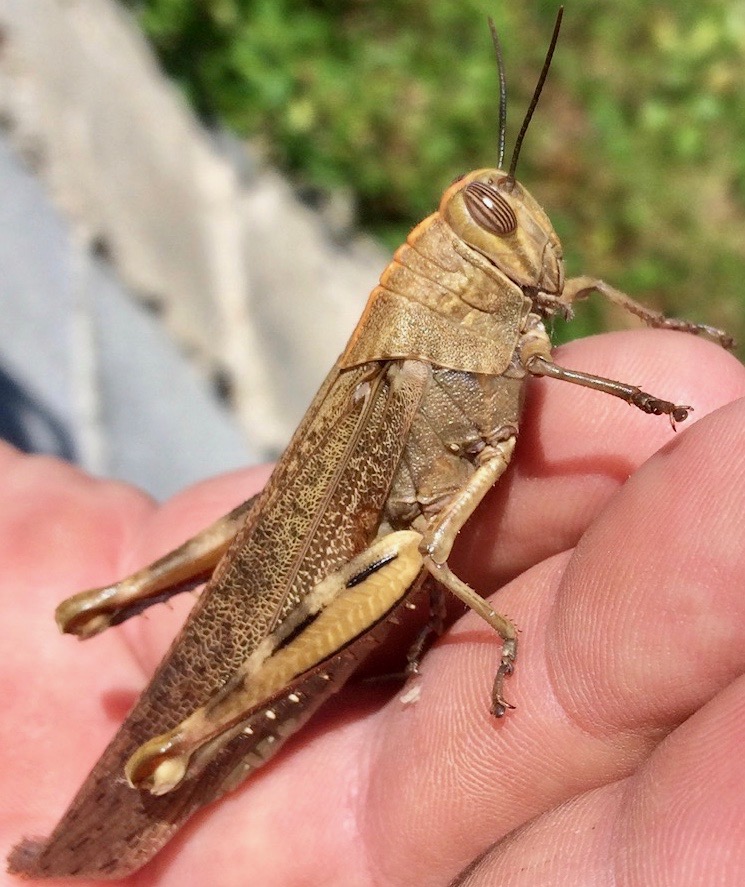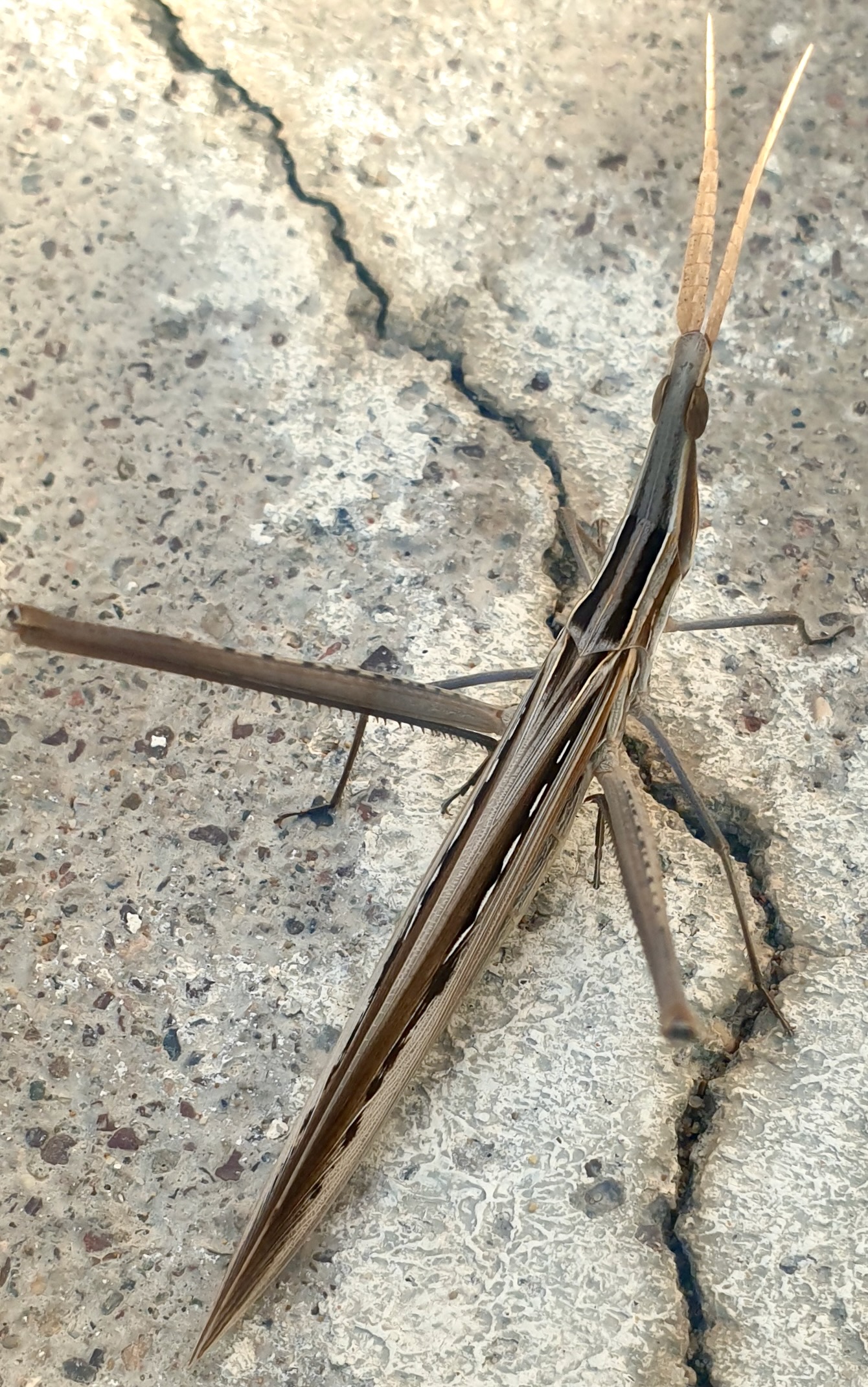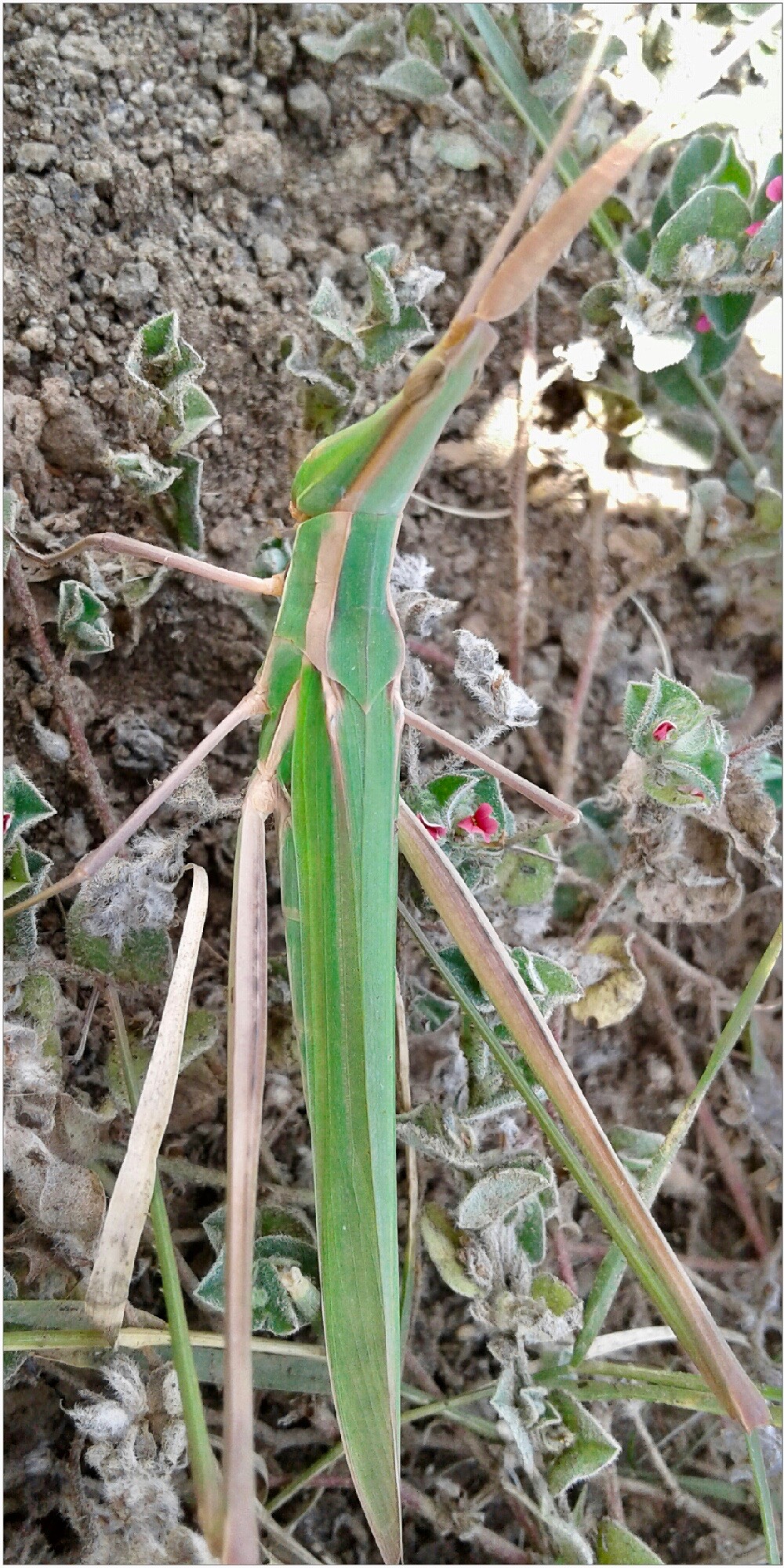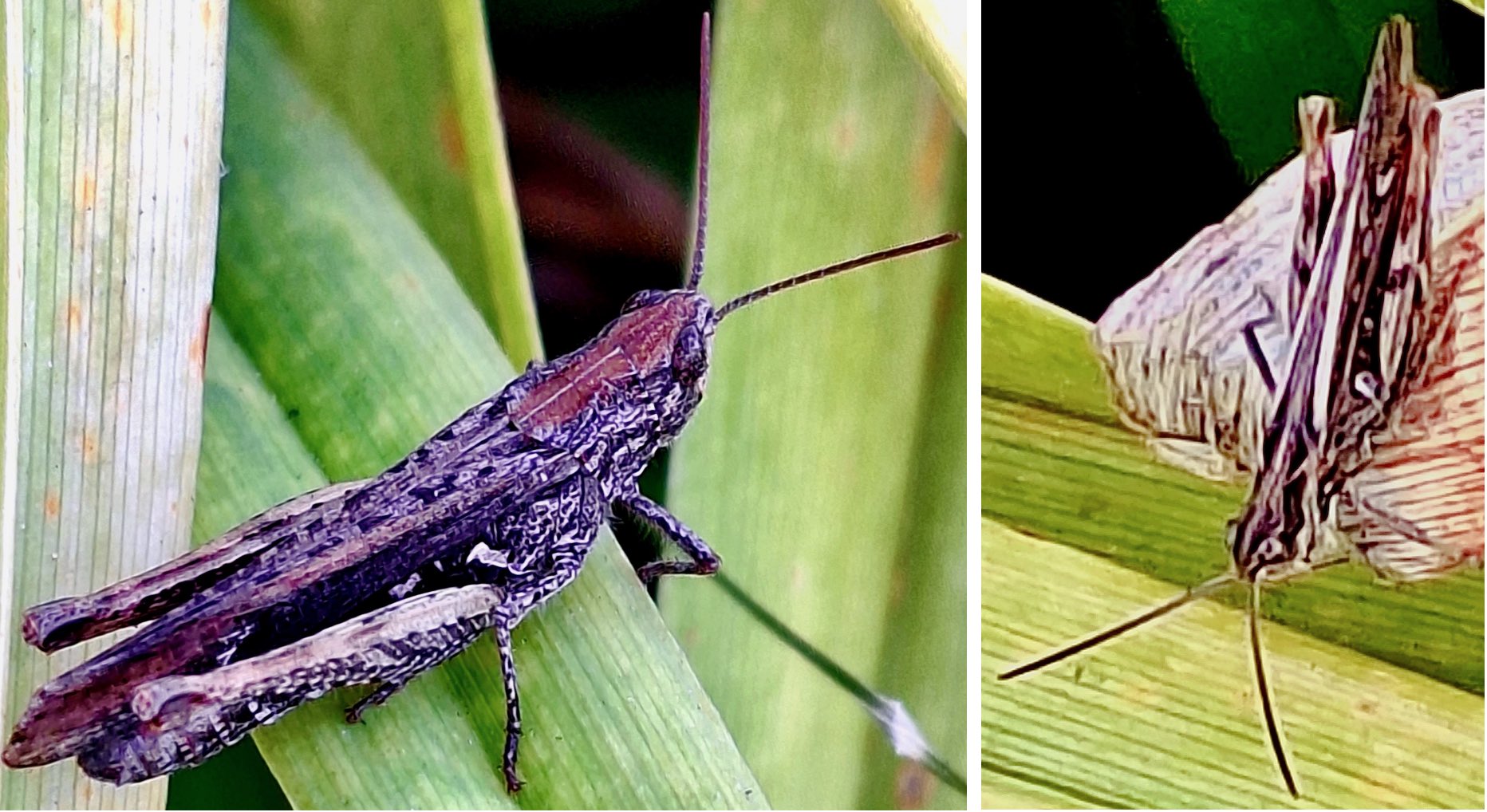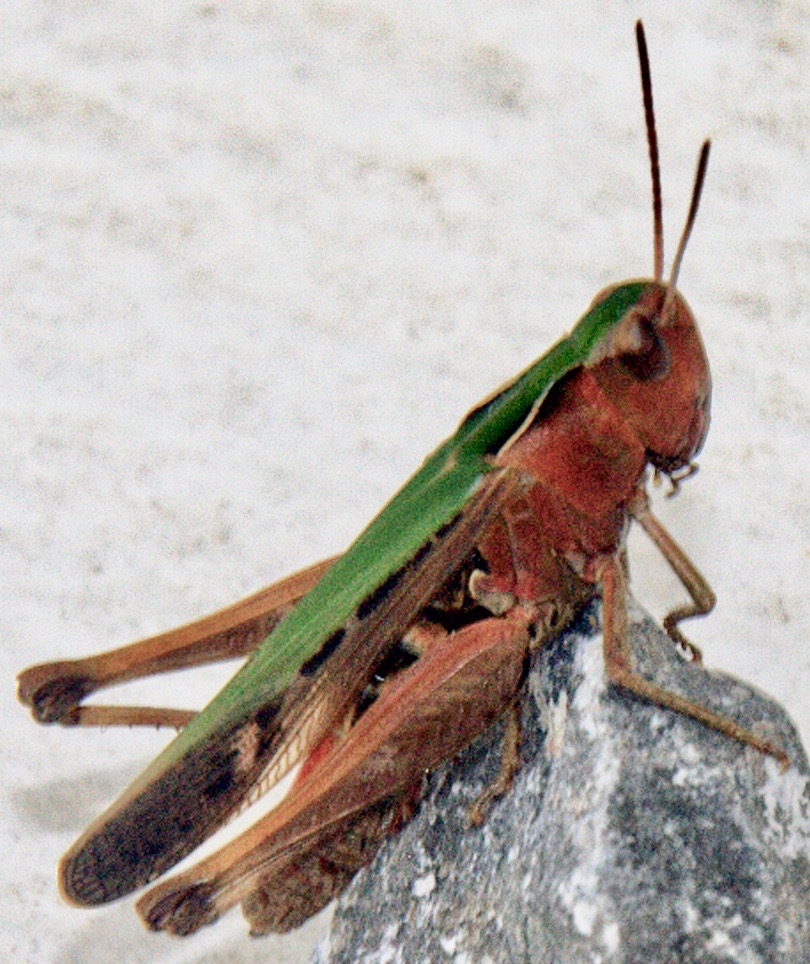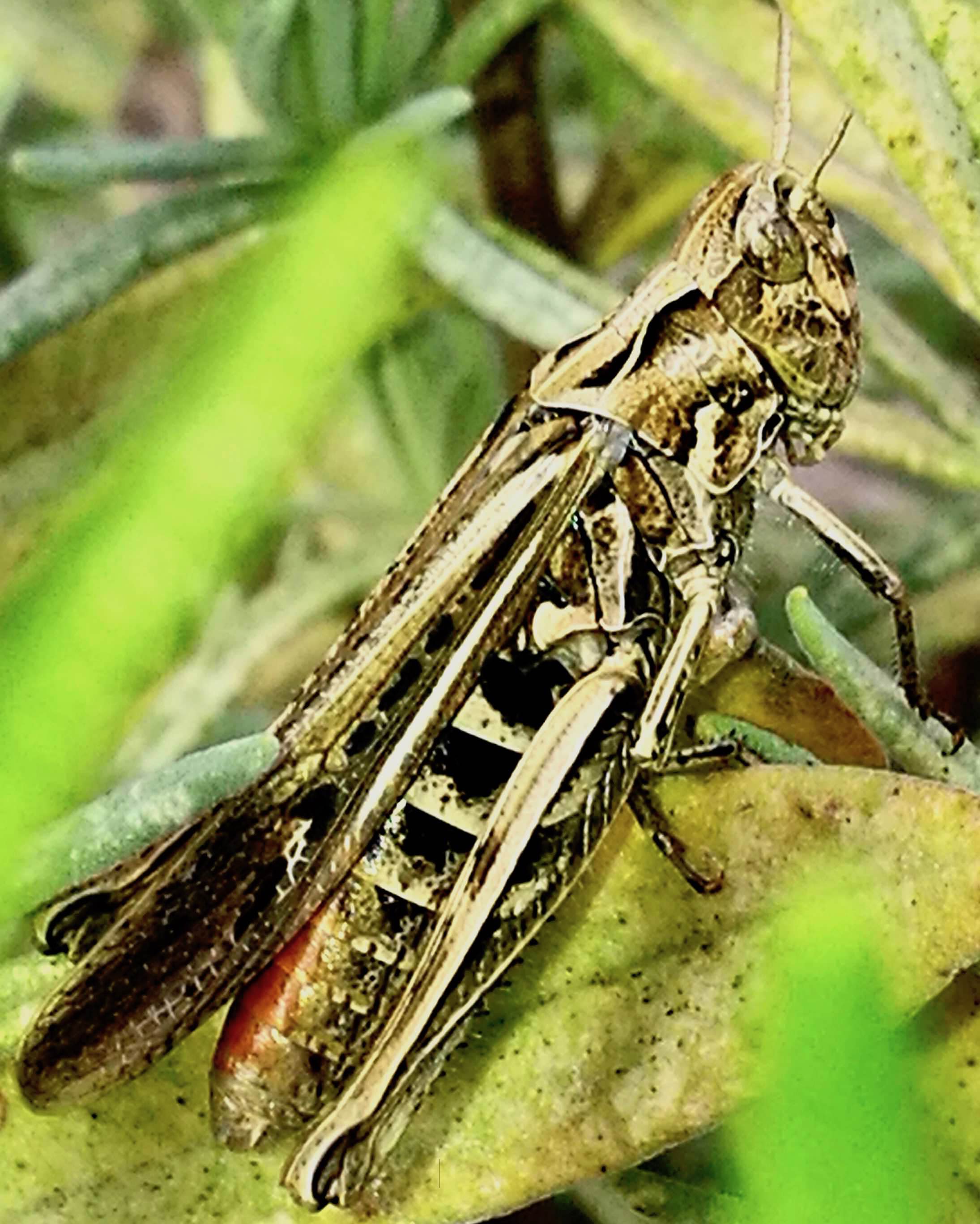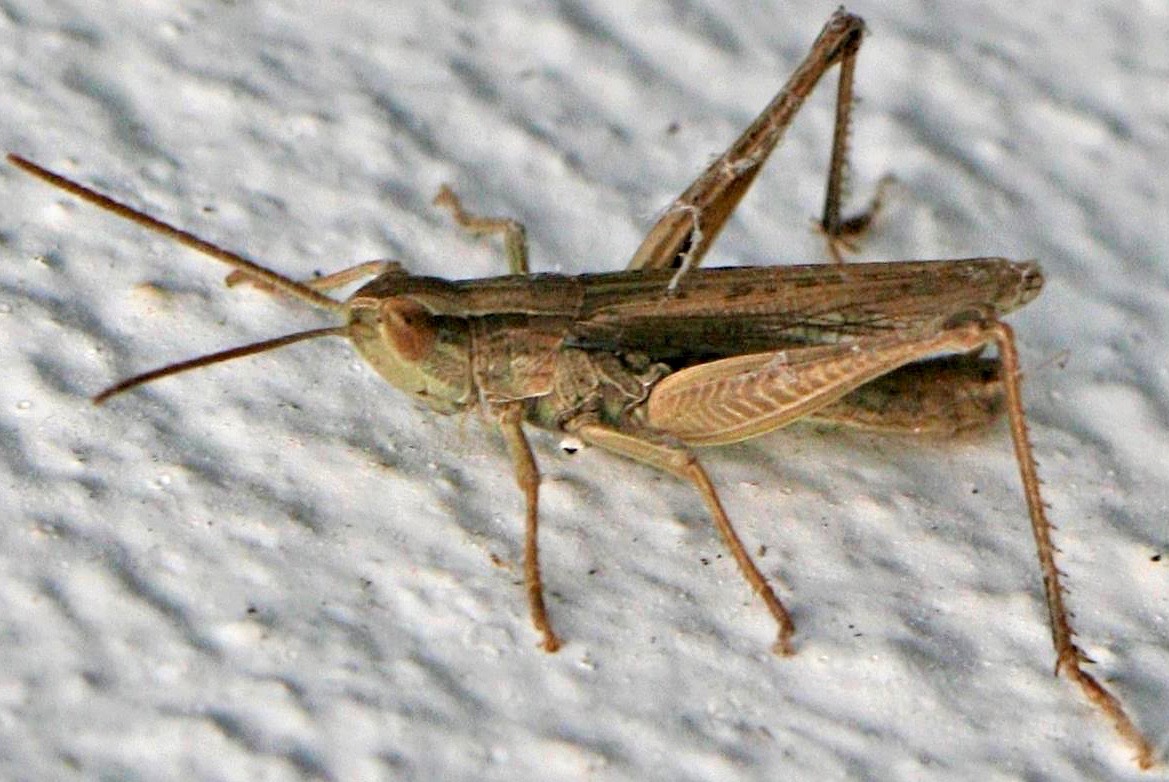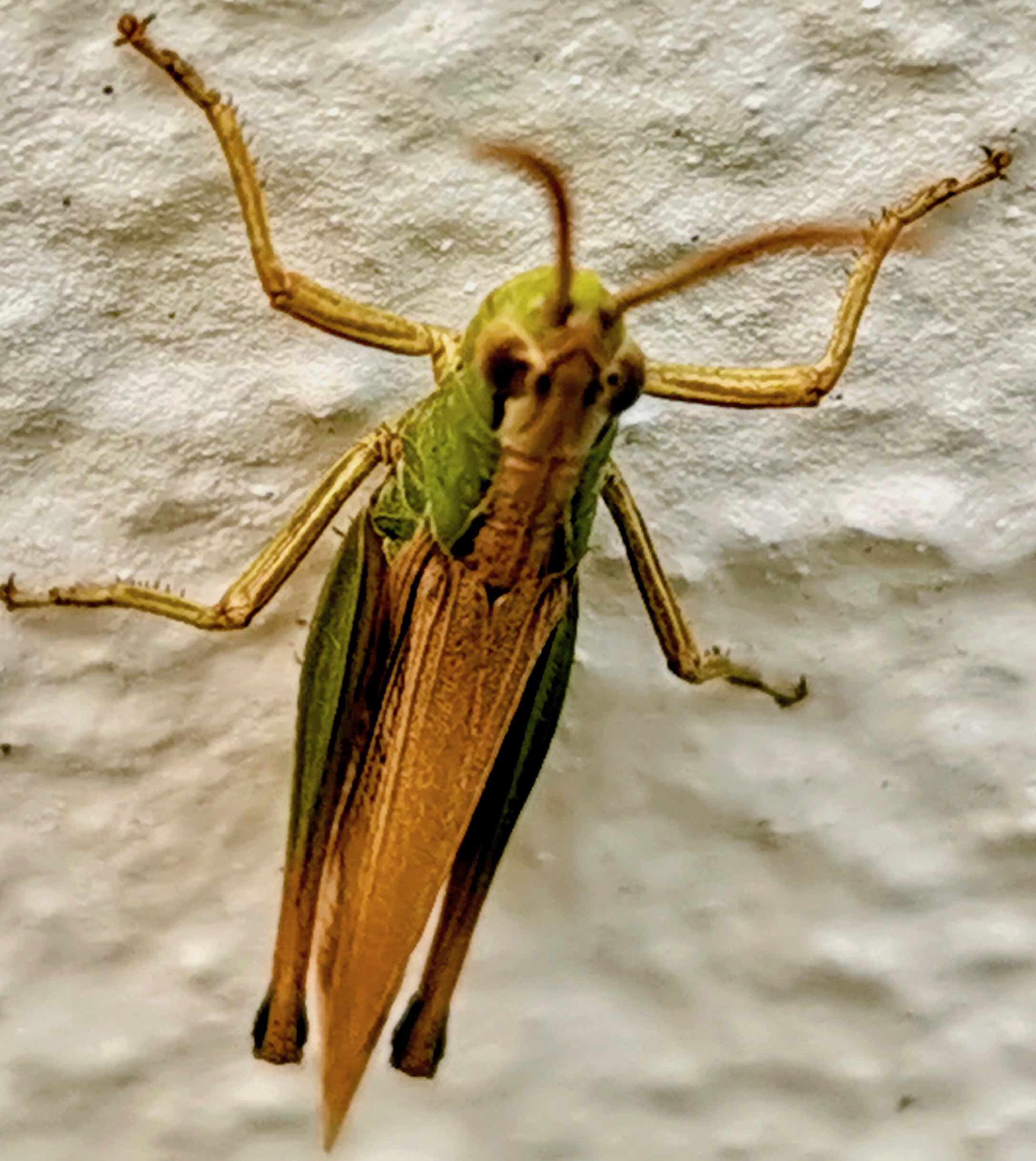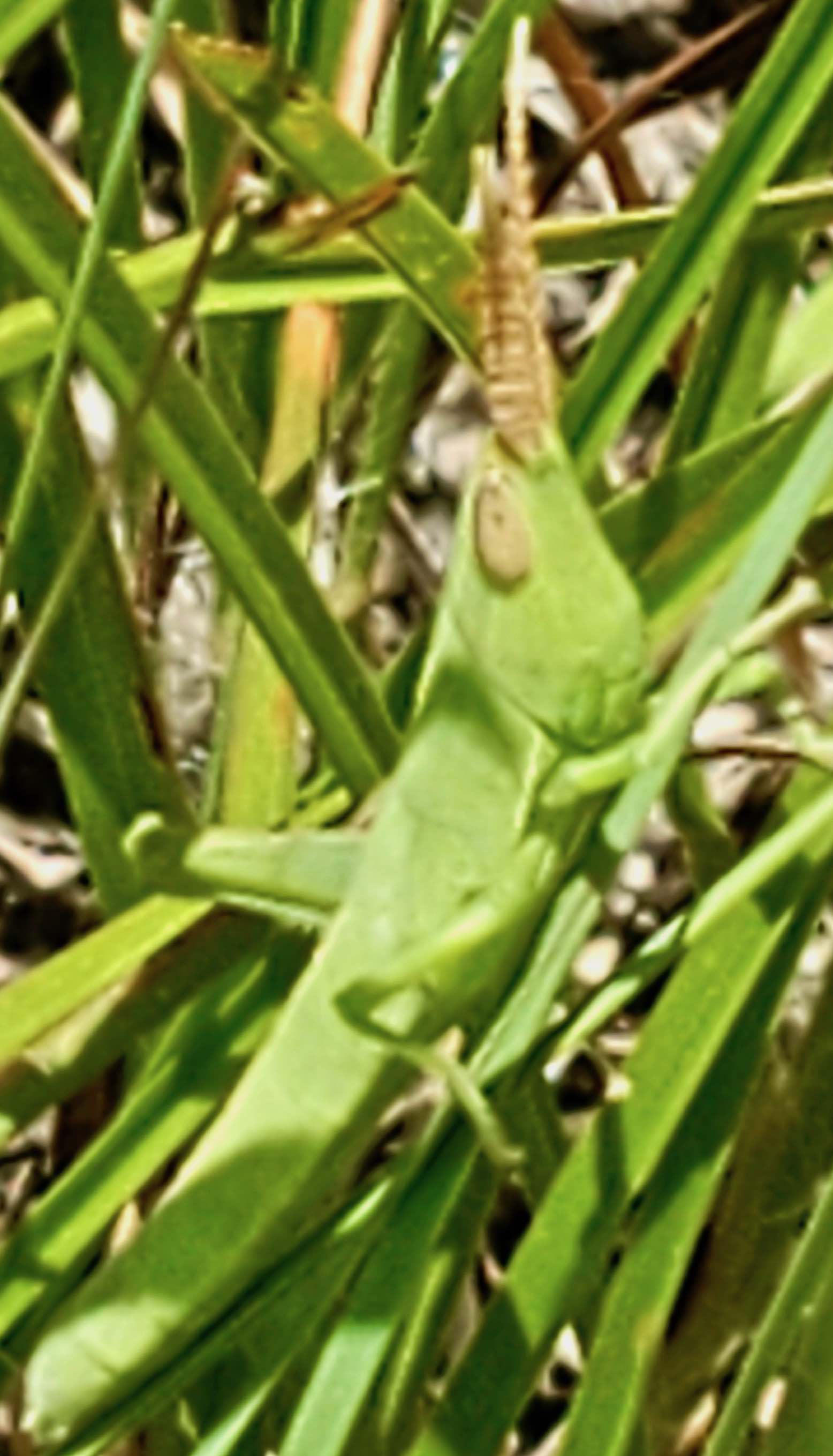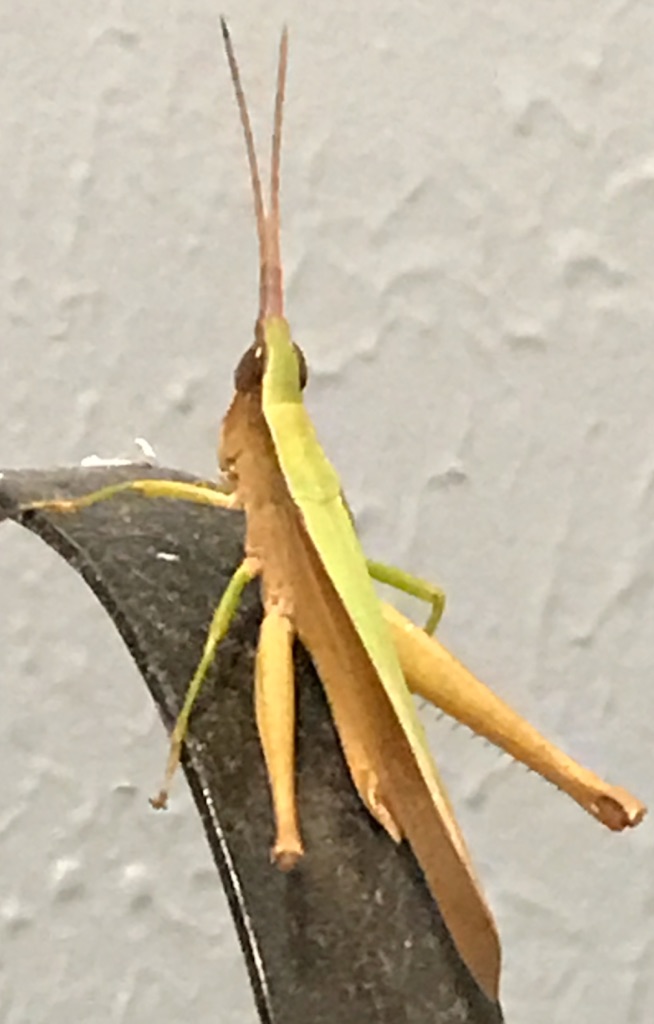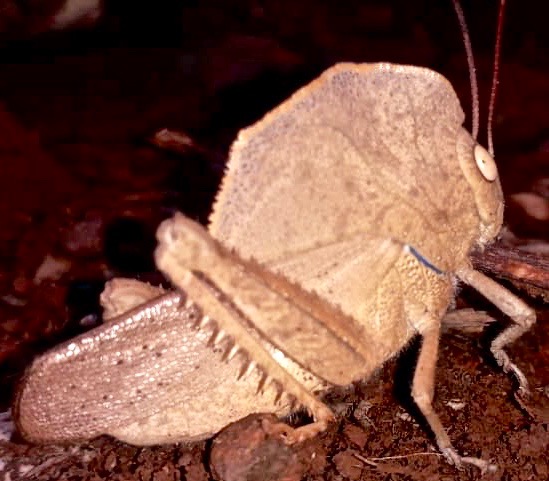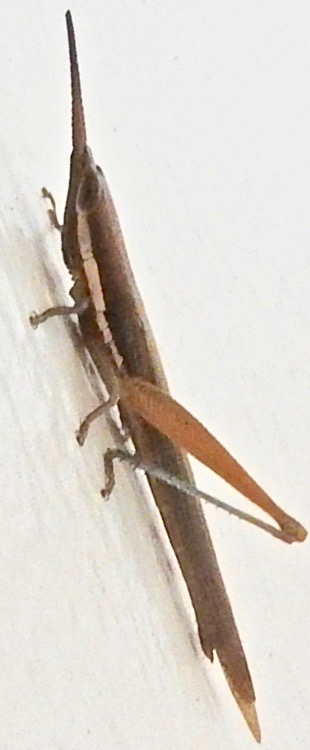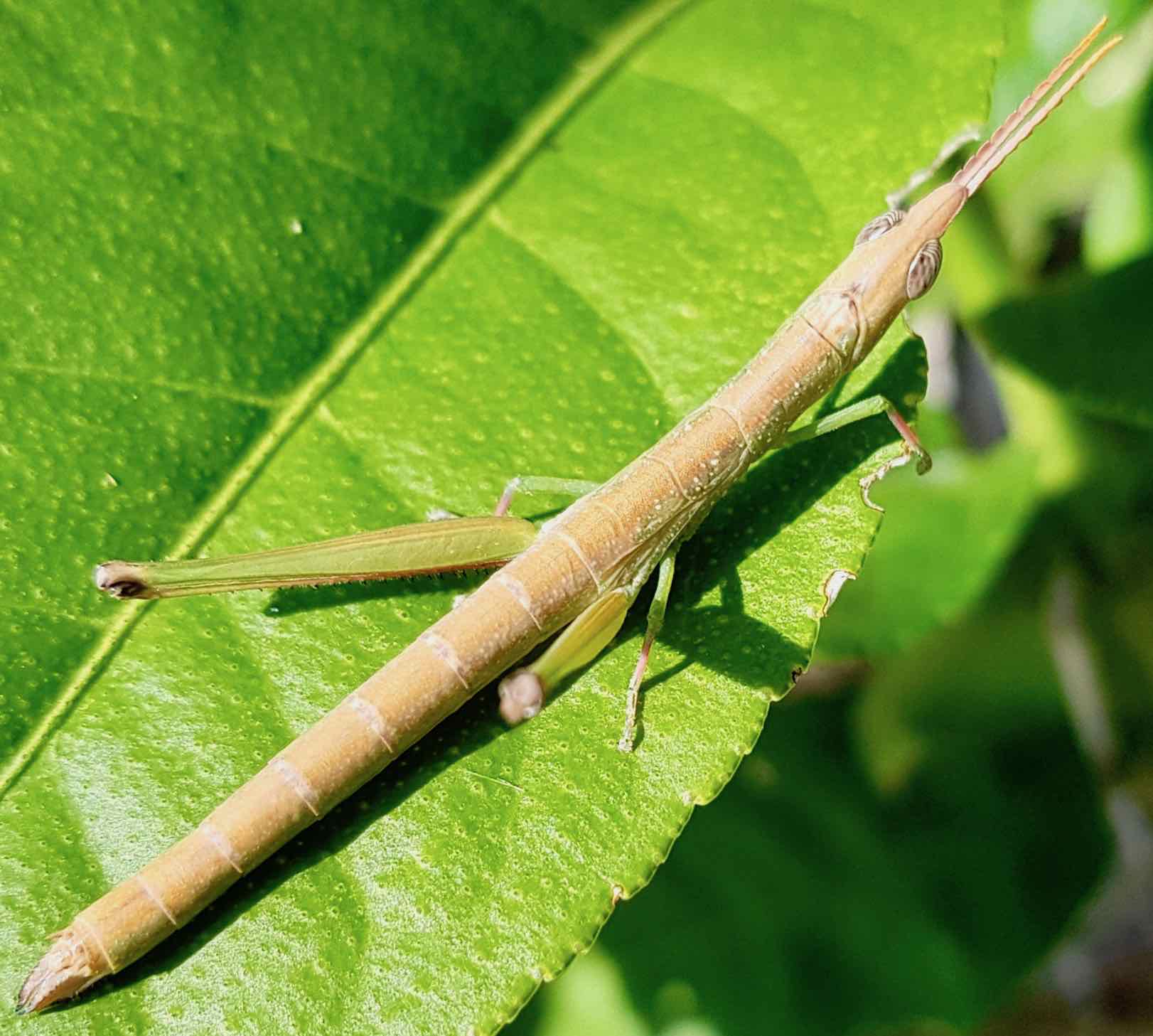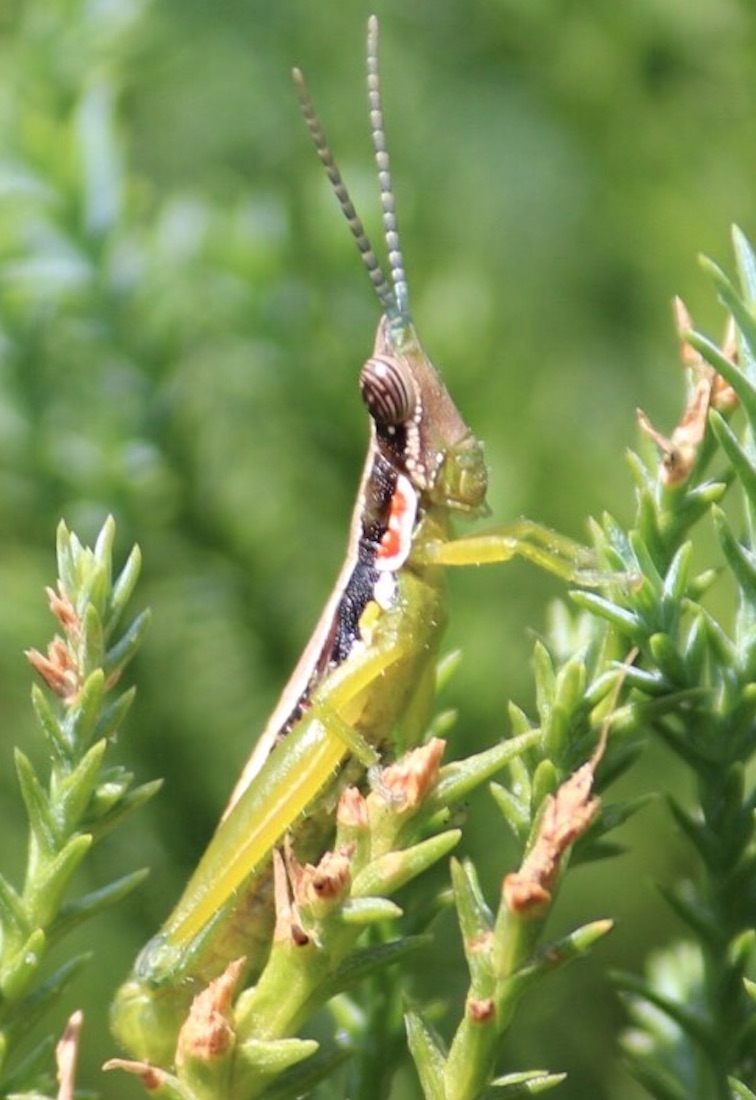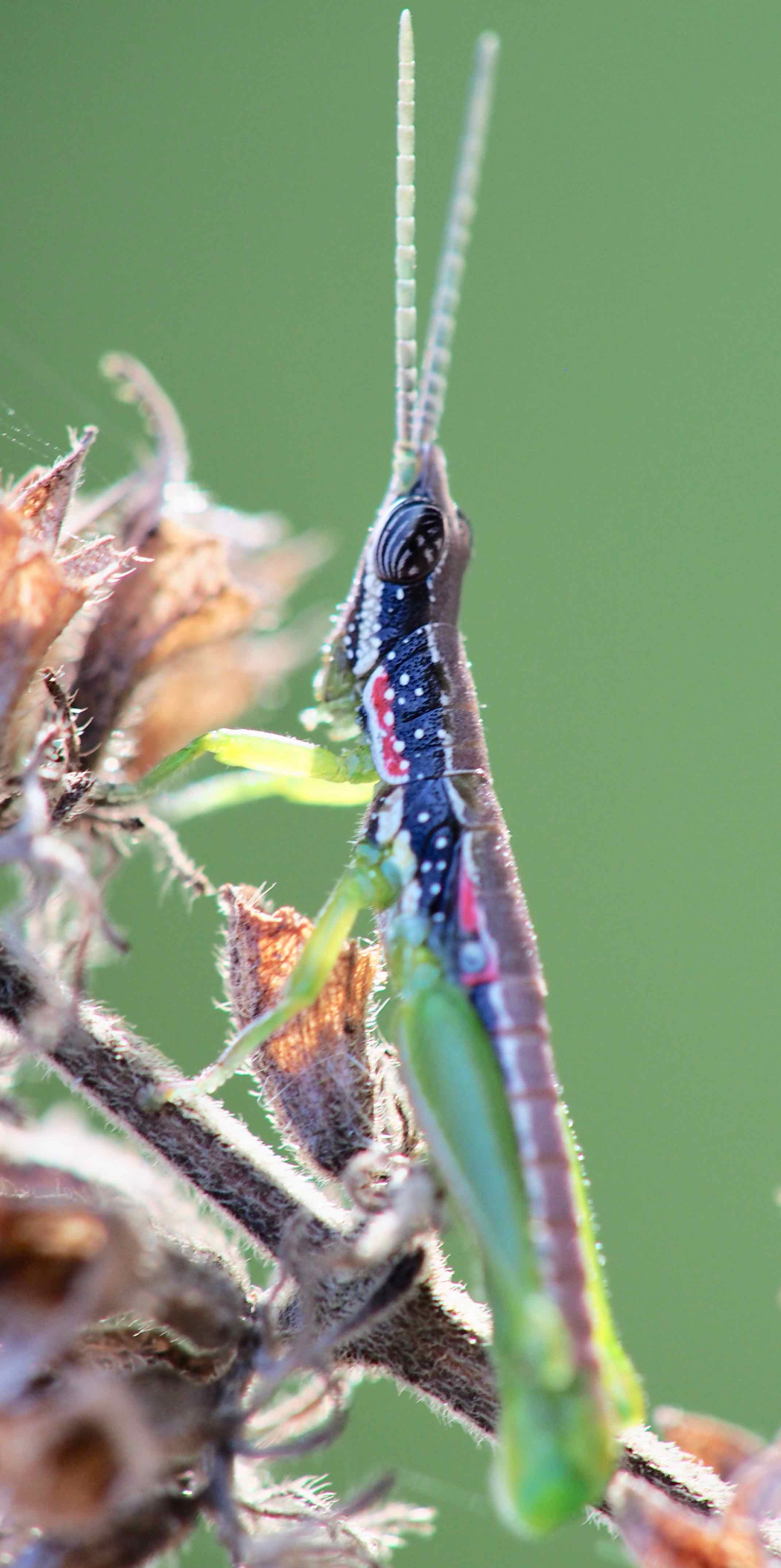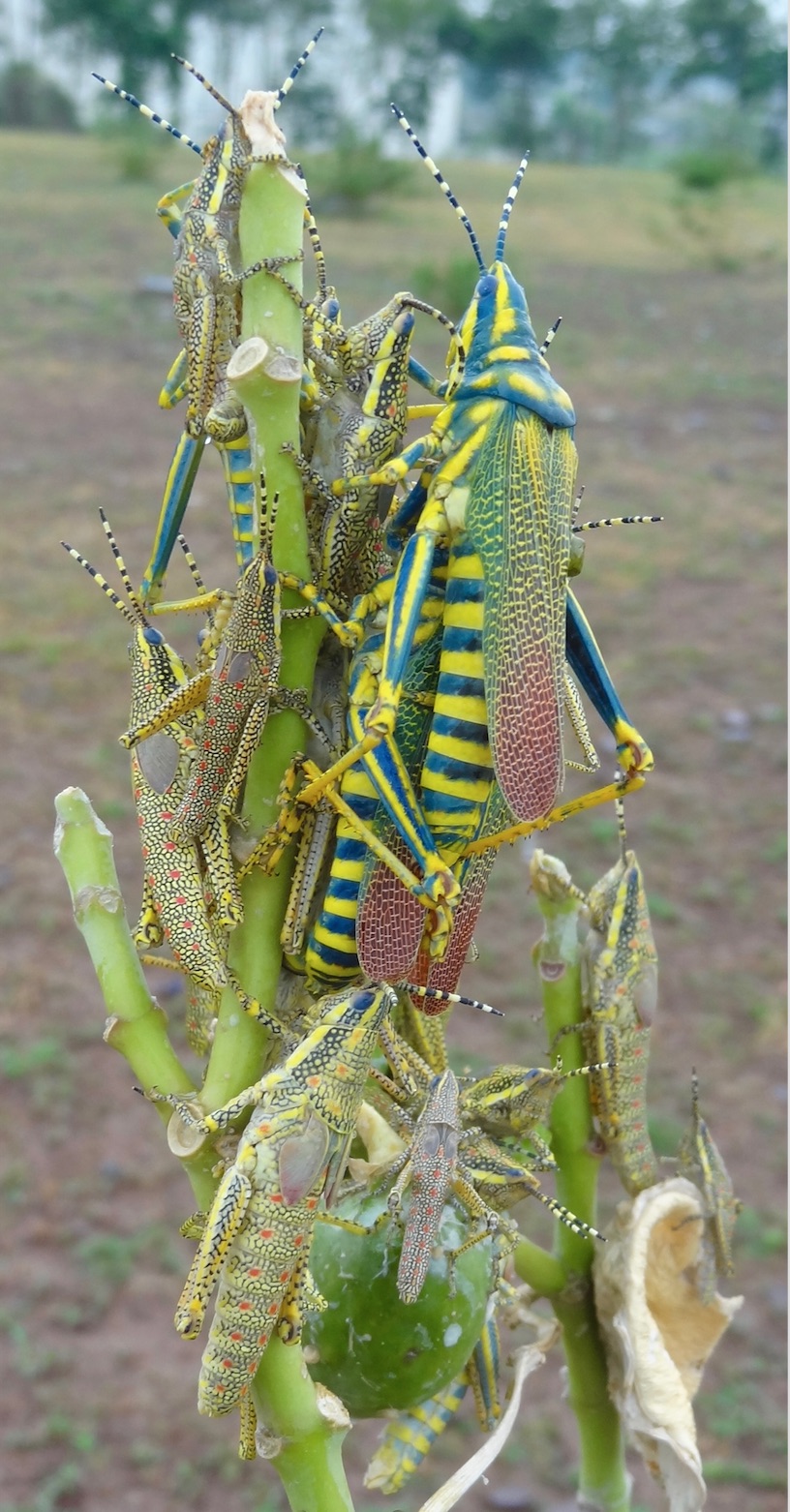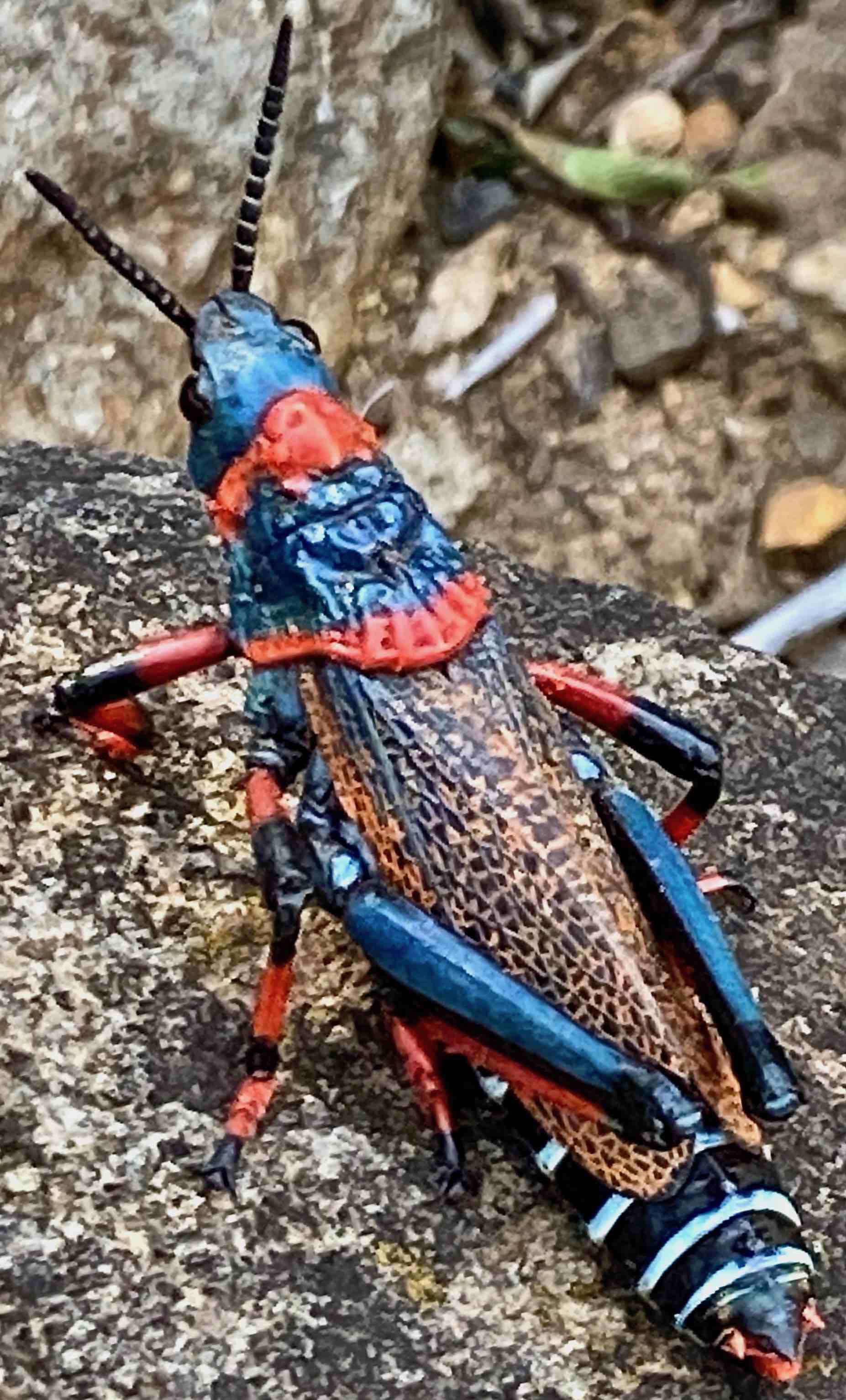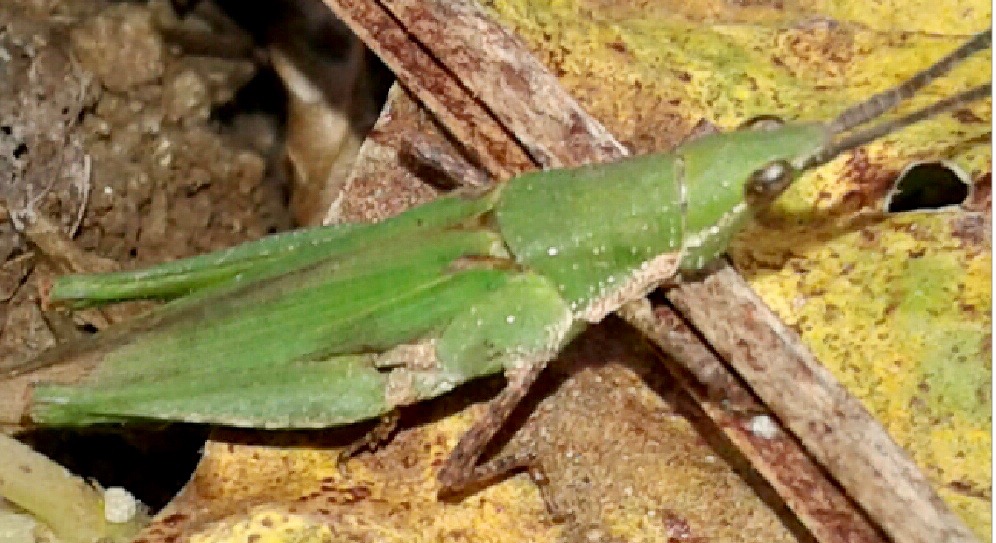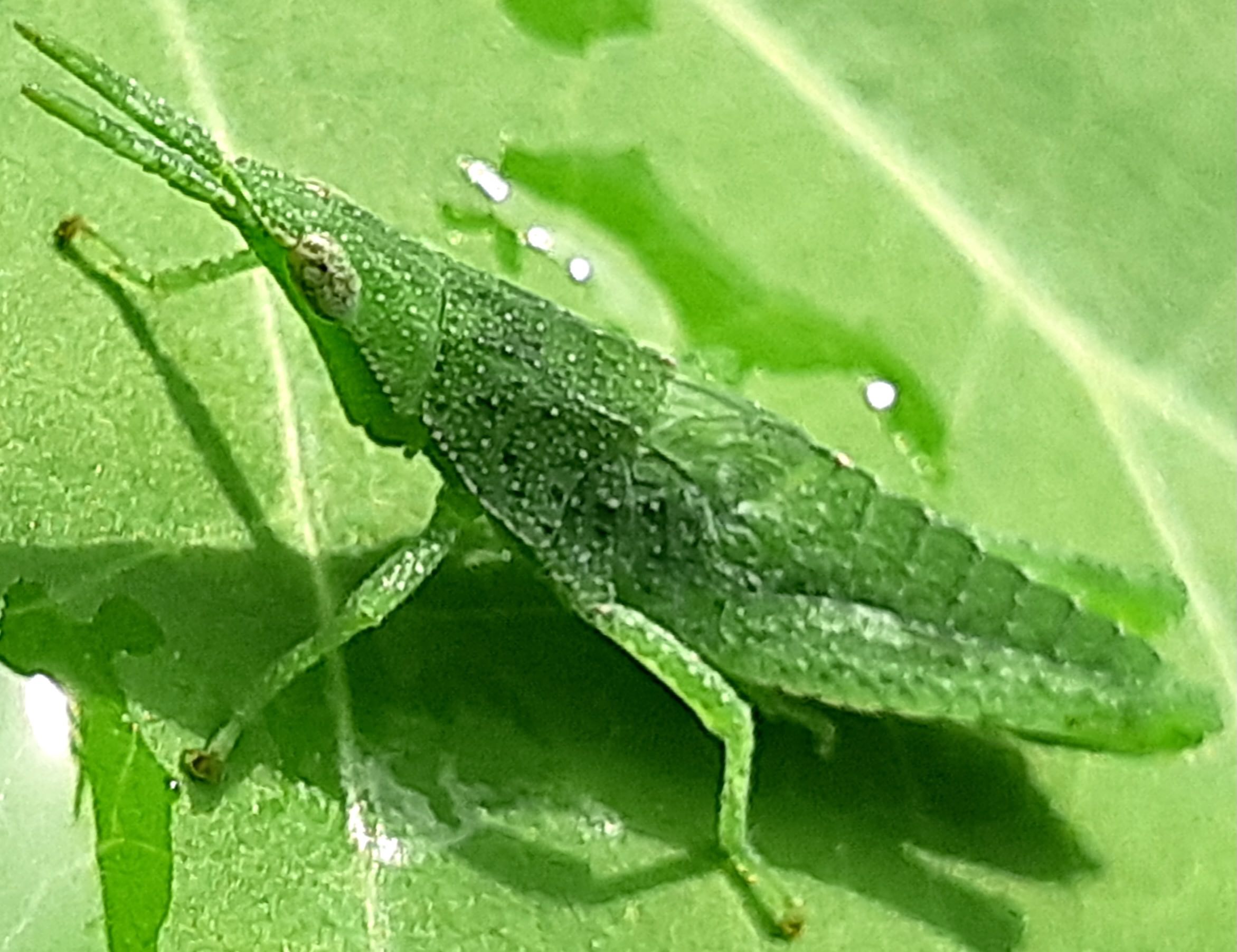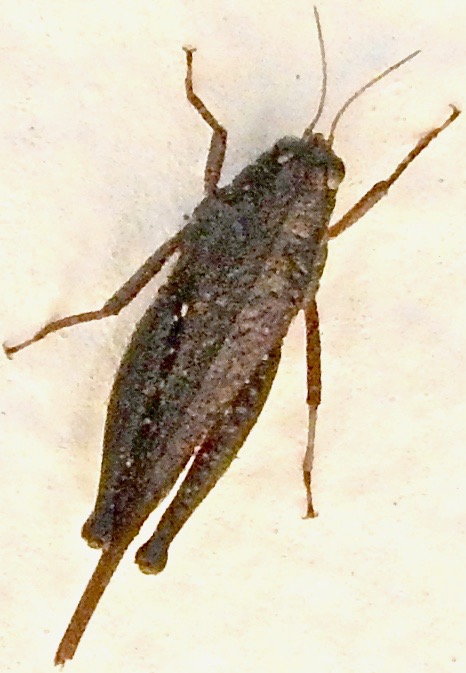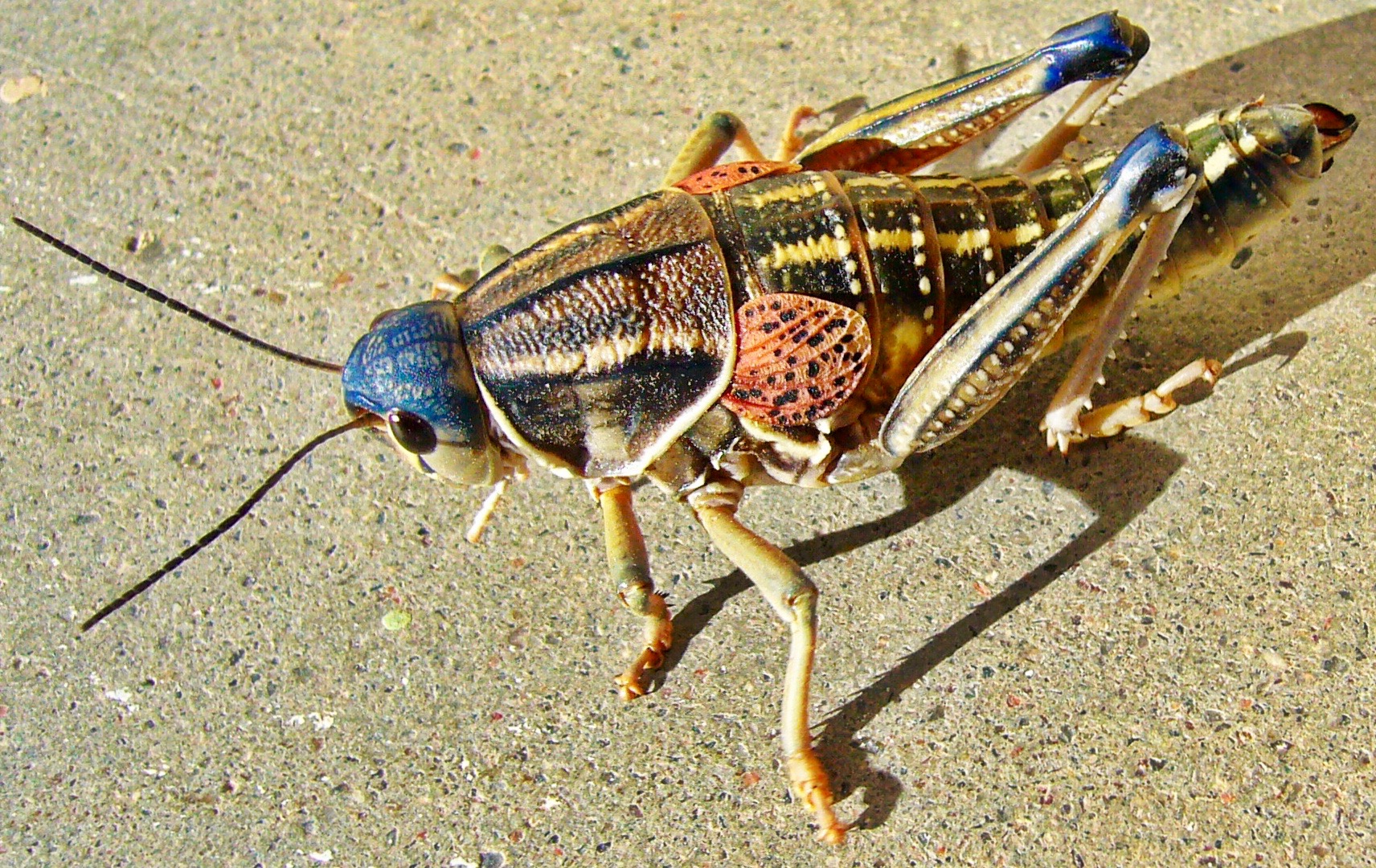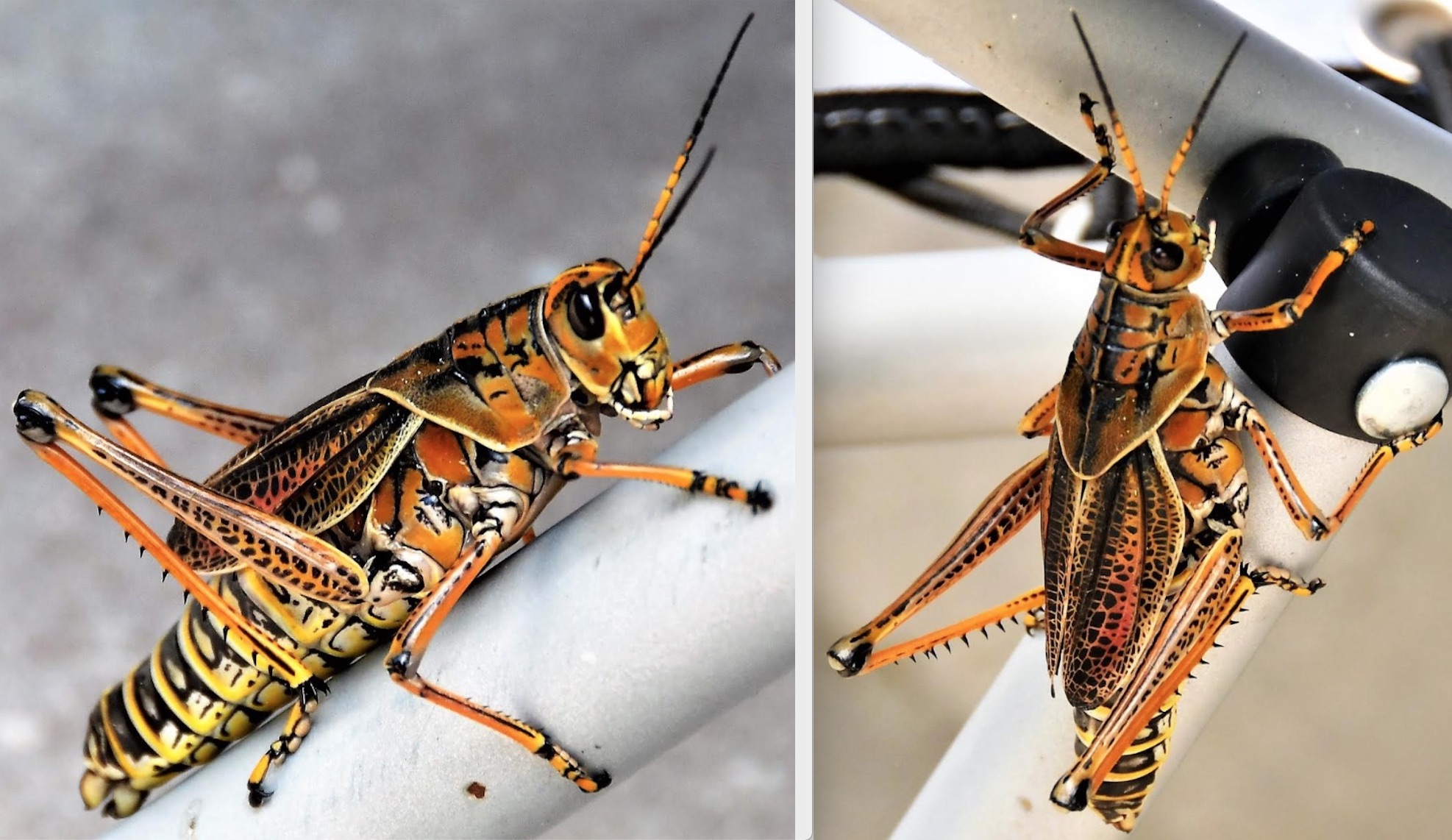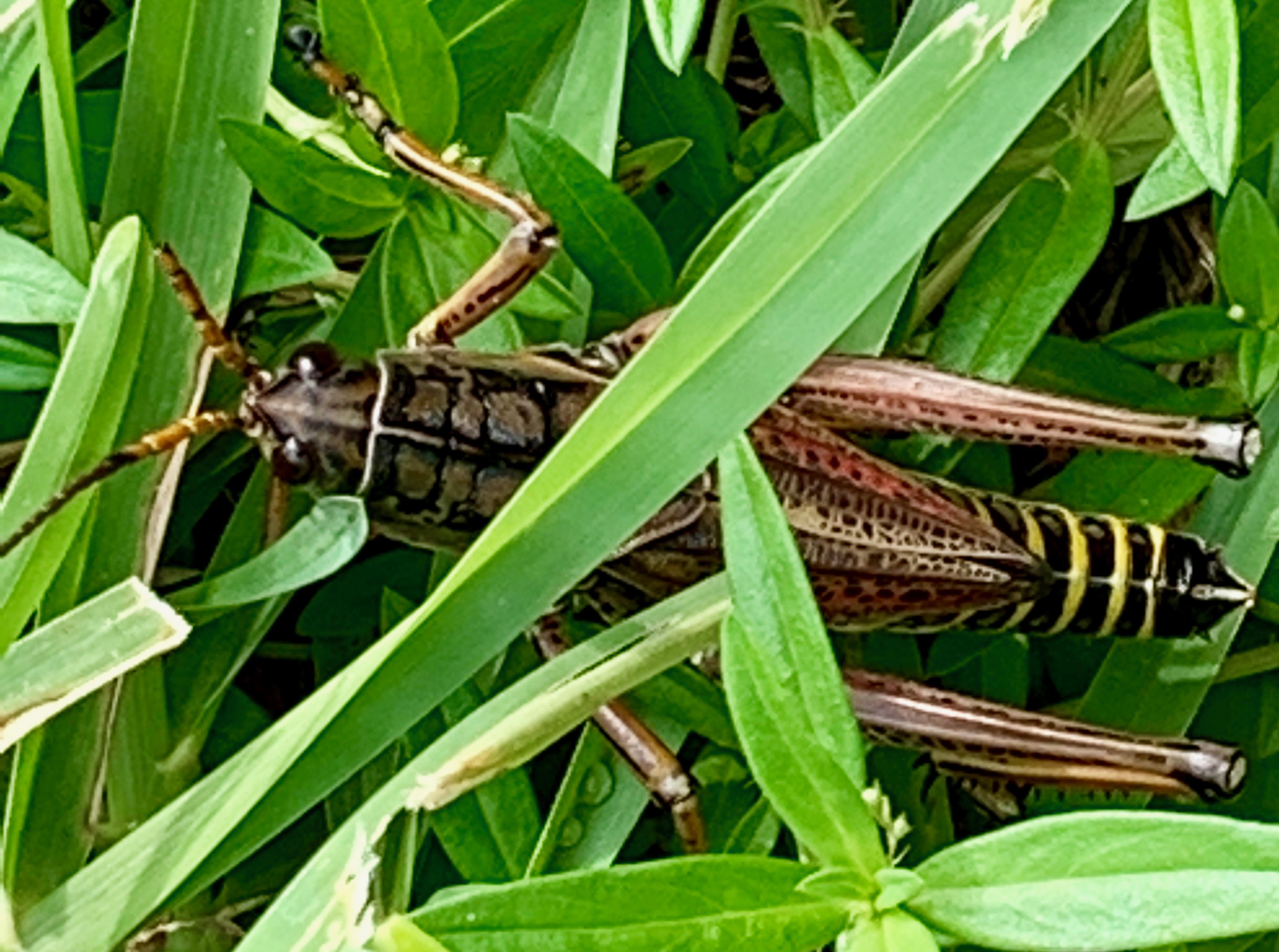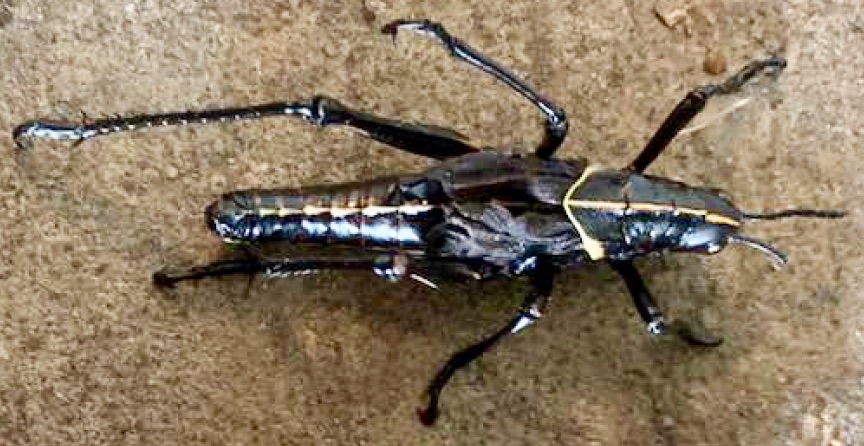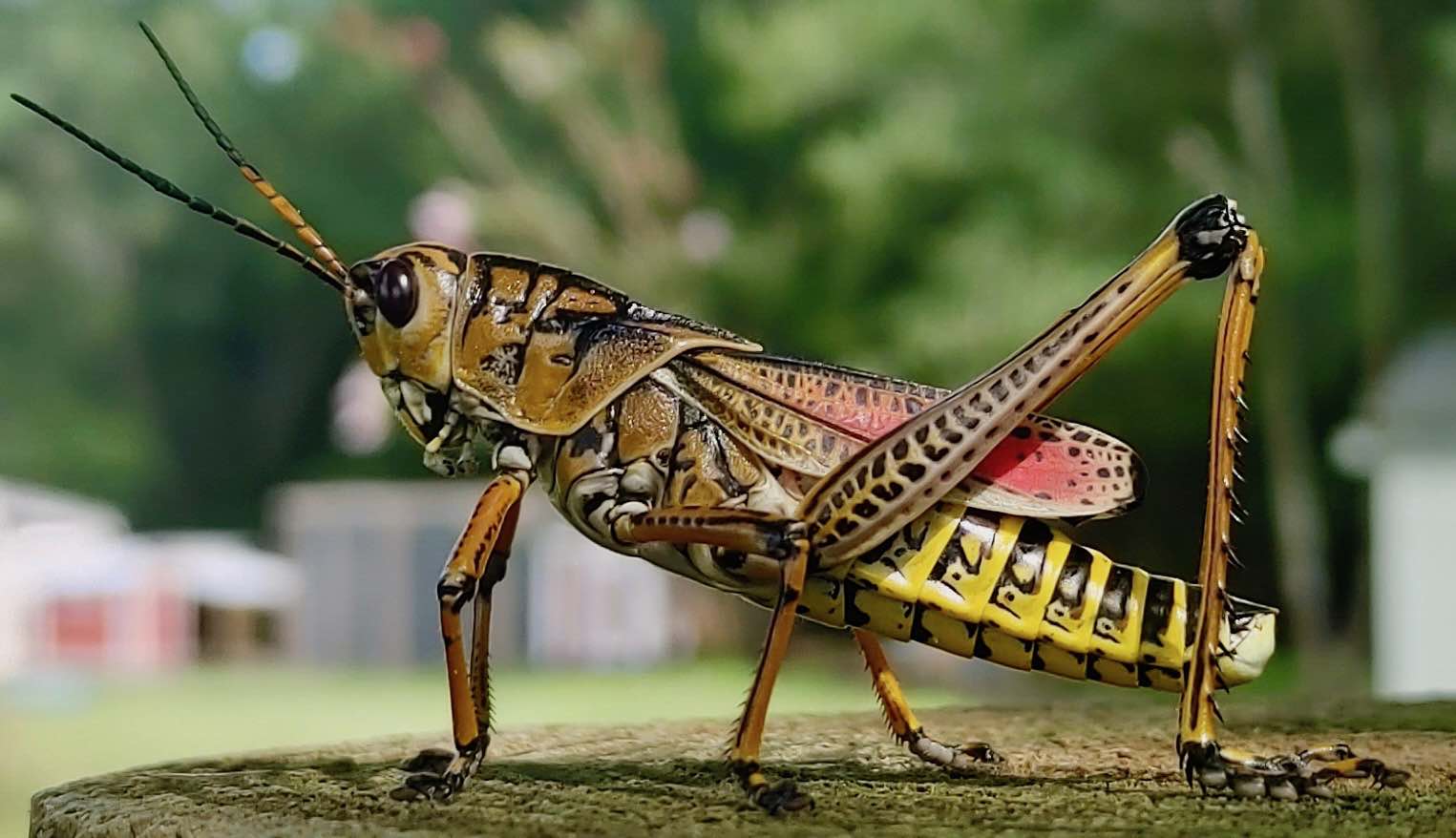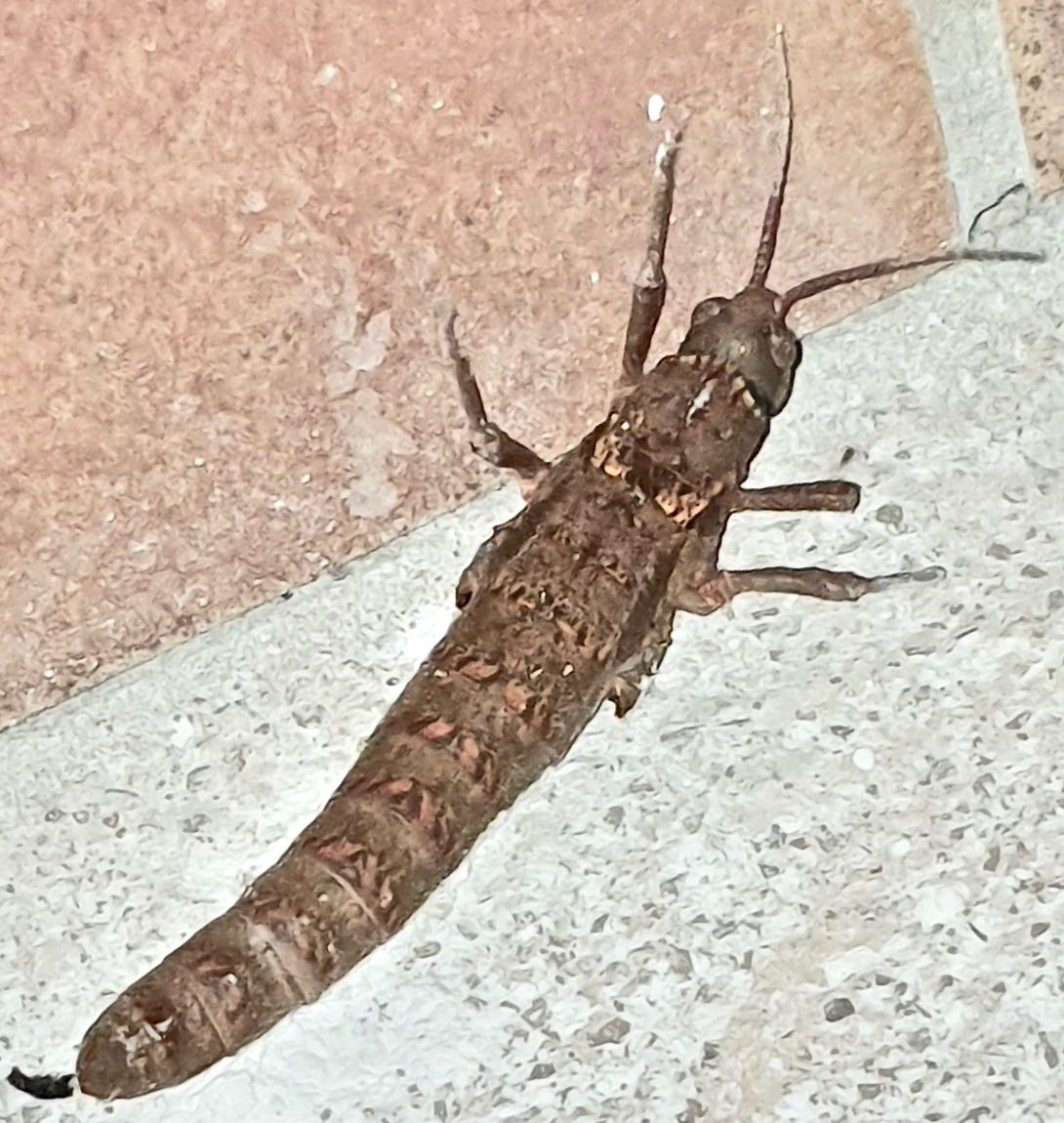.jpg)
Diabolocatantops innotabilis (no specific common name), subfamily Catantopinae, family Acrididae.
□ The white-bordered hind leg of Diabolocatantops innotabilis has two short black bars at the upper edge. It also has a thin, white line extending downward from its eye, and a diagonal white bar followed by a brown triangular patch on each of the tegmina (the forewings). All of those features are well-shown in this photo.
Photographed and identified by: Dr. Kailash Chandra and Sunil Kumar Gupta, Zoological Survey of India.
Location: Barnawapara Wildlife Sanctuary, Raipur district, Chhattisgarh, India. Date: 28 September, 2007.
|
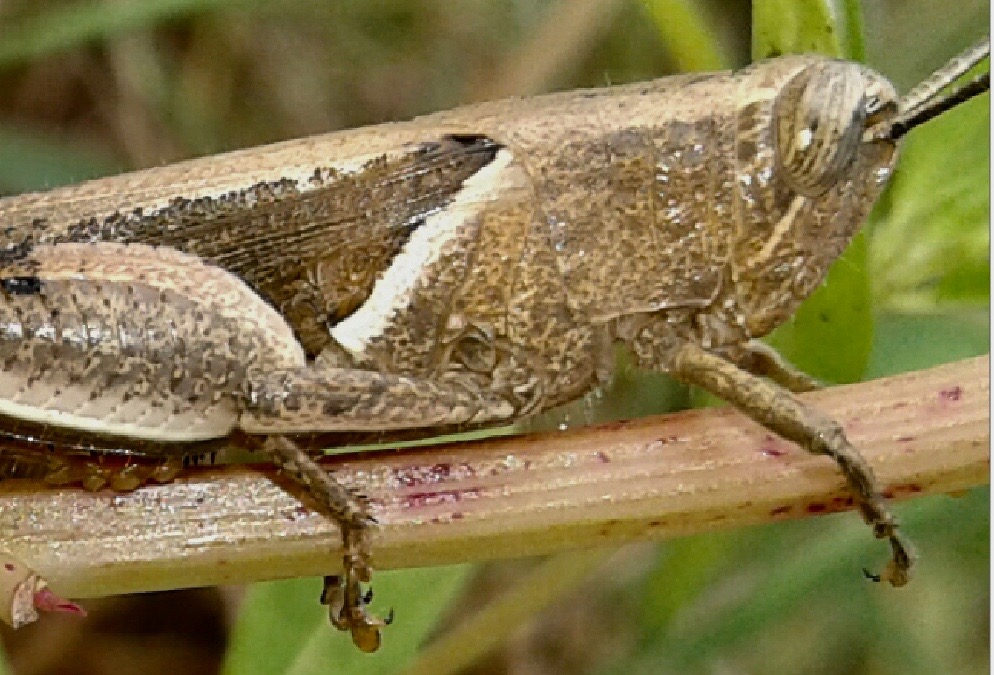
A grasshopper in the genus Diabolocatantops, subfamily Catantopinae, family Acrididae.
□ This may be the species Diabolocatantops innotabilis (no specific common name) or Diabolocatantops pinguis, which look much alike. The latter usually has a dark marking at the top of the hind-leg femur near the body, and Diabolocatantops innotabilis usually does not, so this may be the species Diabolocatantops innotabilis.
Photographed by: Devendra Solanki. Identified by: KnowYourInsects.org.
Location: Dondwada, Madhya, Pradesh, India. Date: 29 September, 2017.
|
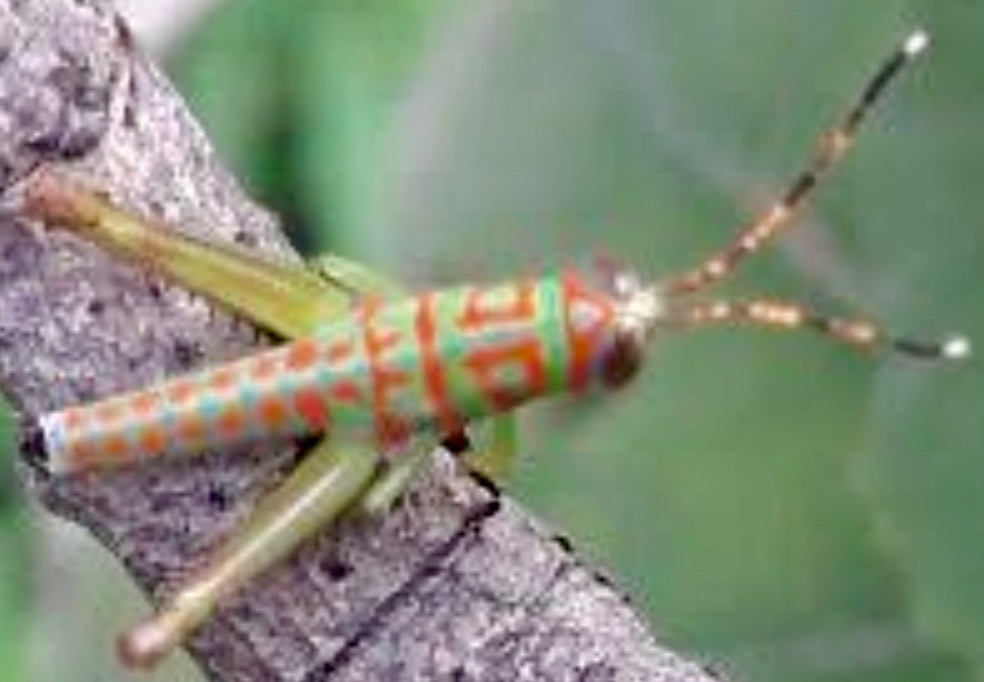
A grasshopper, nymph, in the subfamily Catantopinae, family Acrididae.
□ Nymphs of some species in the subfamily Catantopinae are sometimes called little clown grasshoppers for their festive colors, as seen here.
Photographed and identified to order by: Akku Anna. Identified to subfamily by: KnowYourInsects.org.
Location: Chennai in Tamil Nadu, India. Date: 25 August, 2018.
|
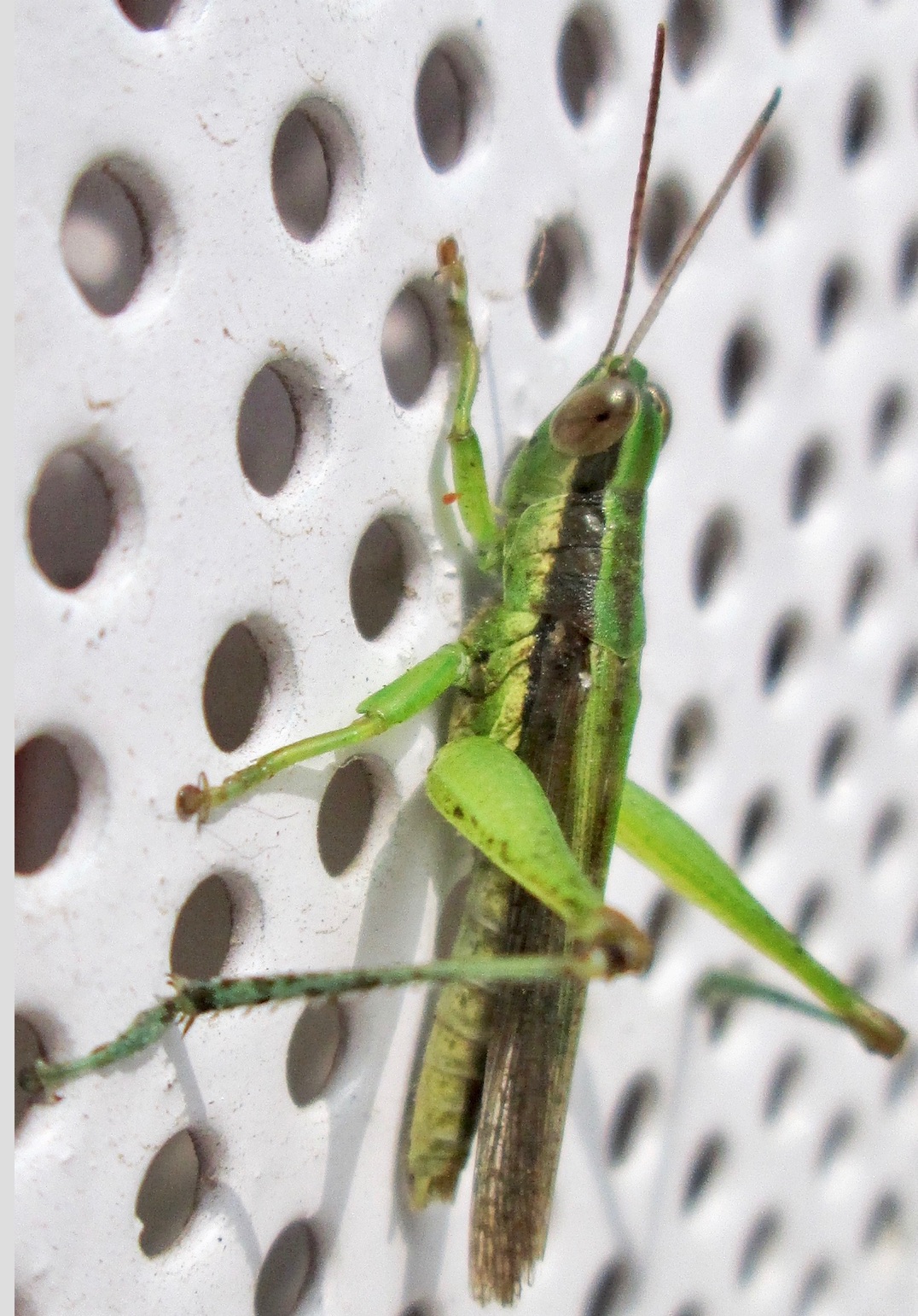
A grasshopper in the genus Oxya, subfamily Oxyinae, family Acrididae.
□ This grasshopper has been identified as one of the species within the genus Oxya. At least four species of Oxyalive in the area of India where this photo was taken. They include: Oxya japonica, Oxya hyla, Oxya fuscovittata, and Oxya nitidula.
Photographed and identified to genus by: Chinmay Chaitanya Maliye.
Location: Bangalore, India. Date: 13 December, 2018.
|




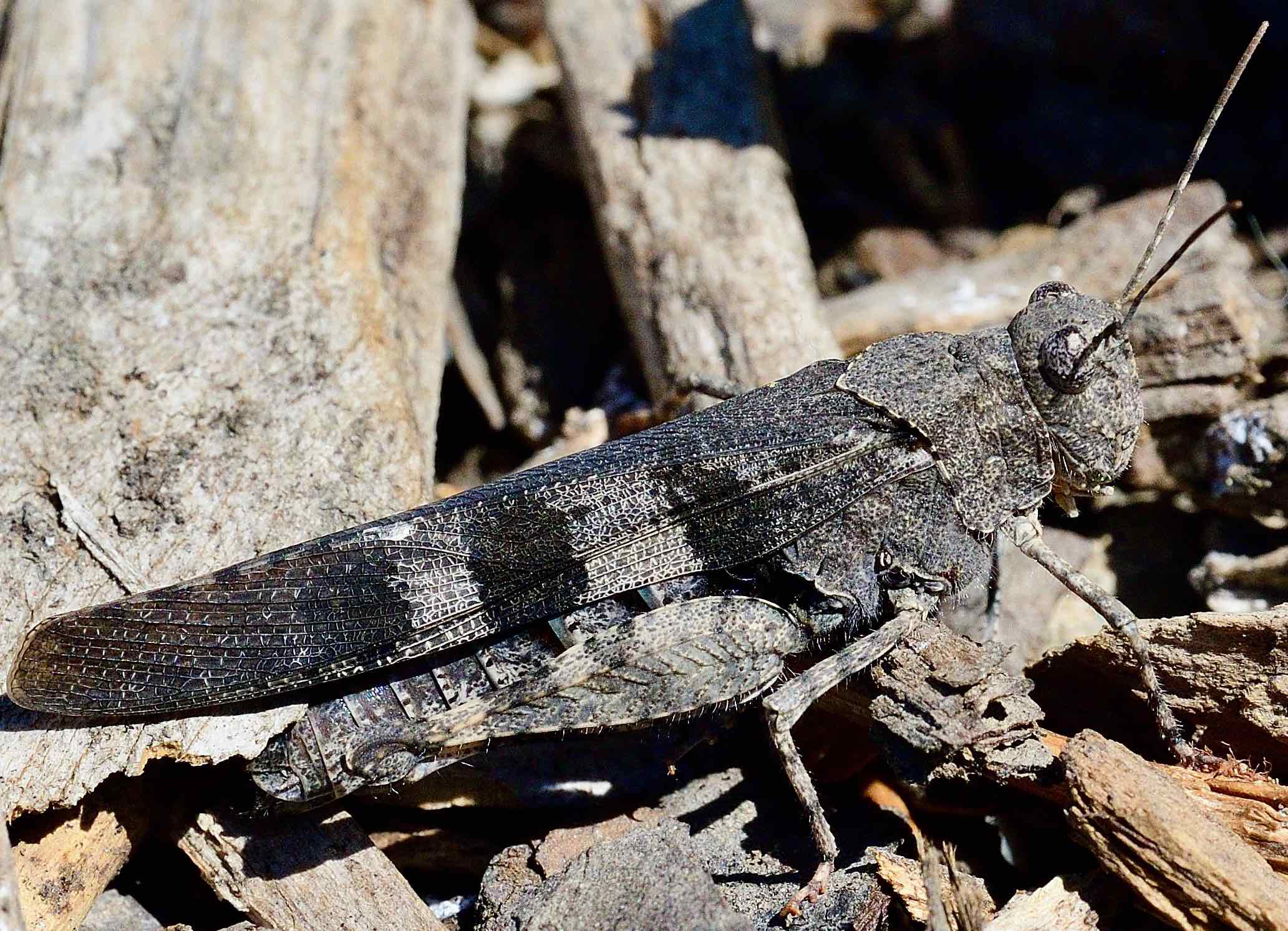

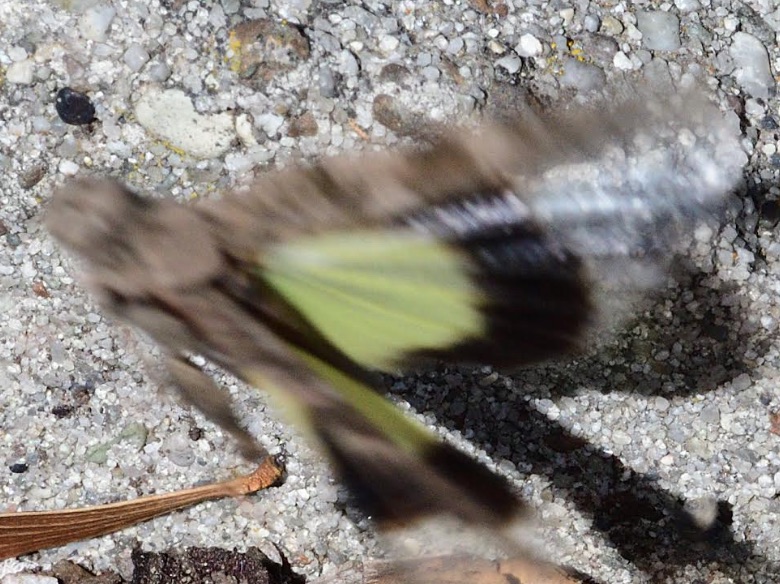
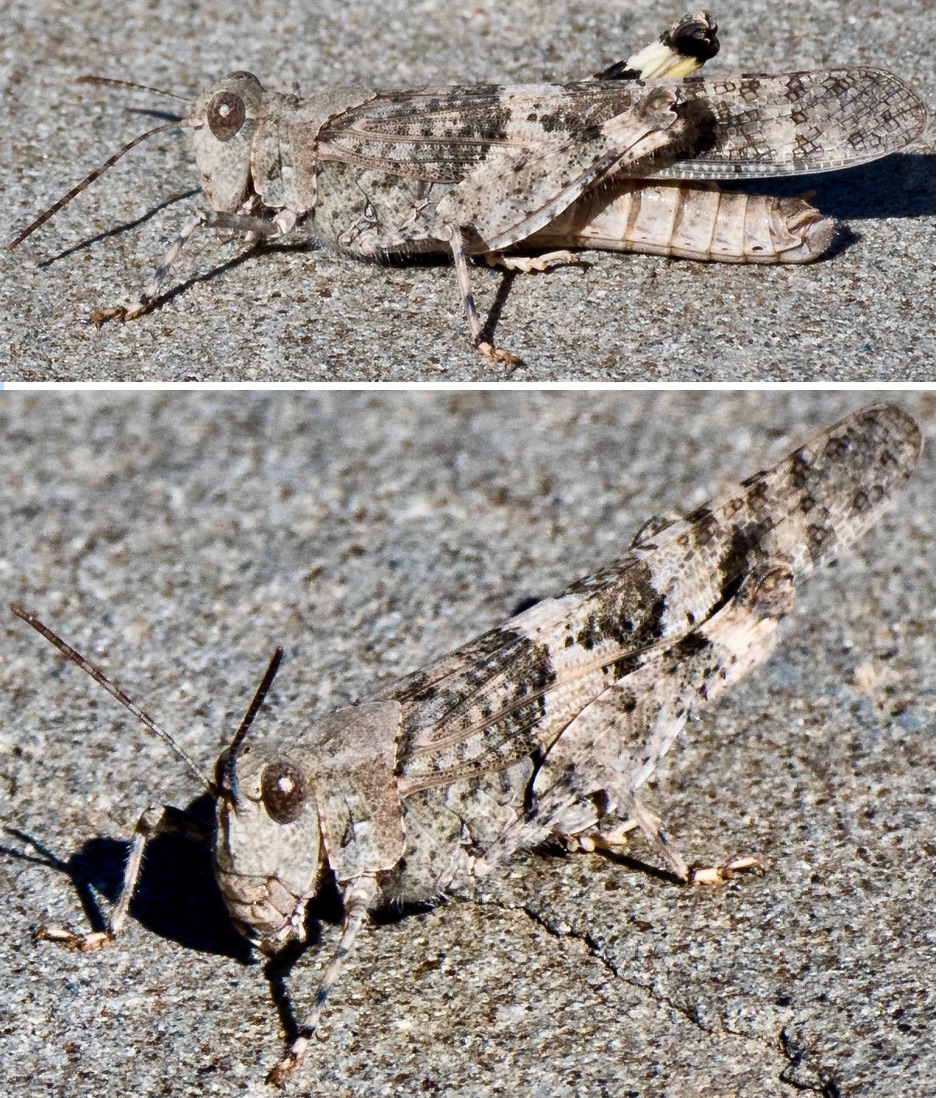
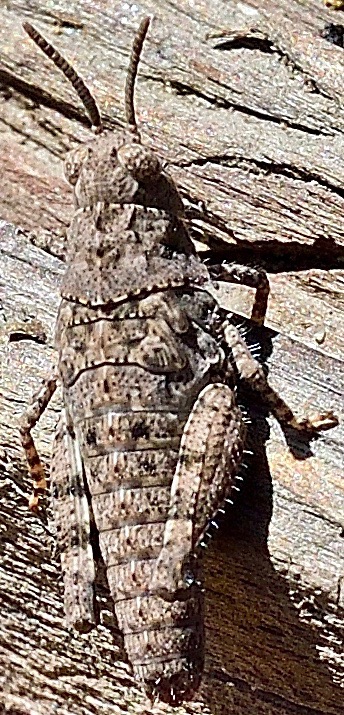
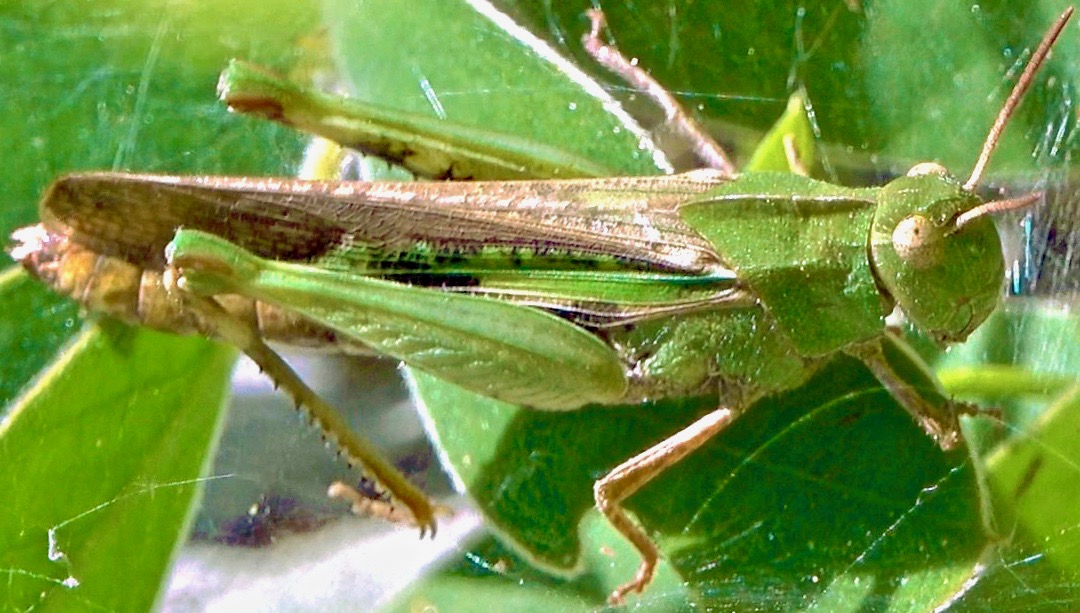
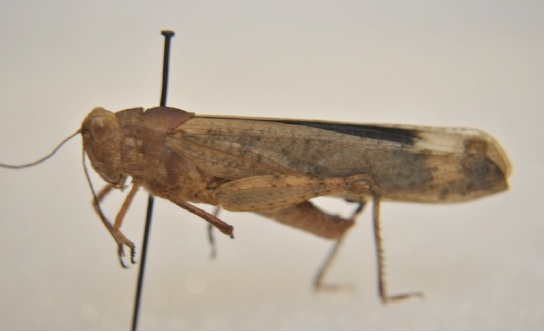









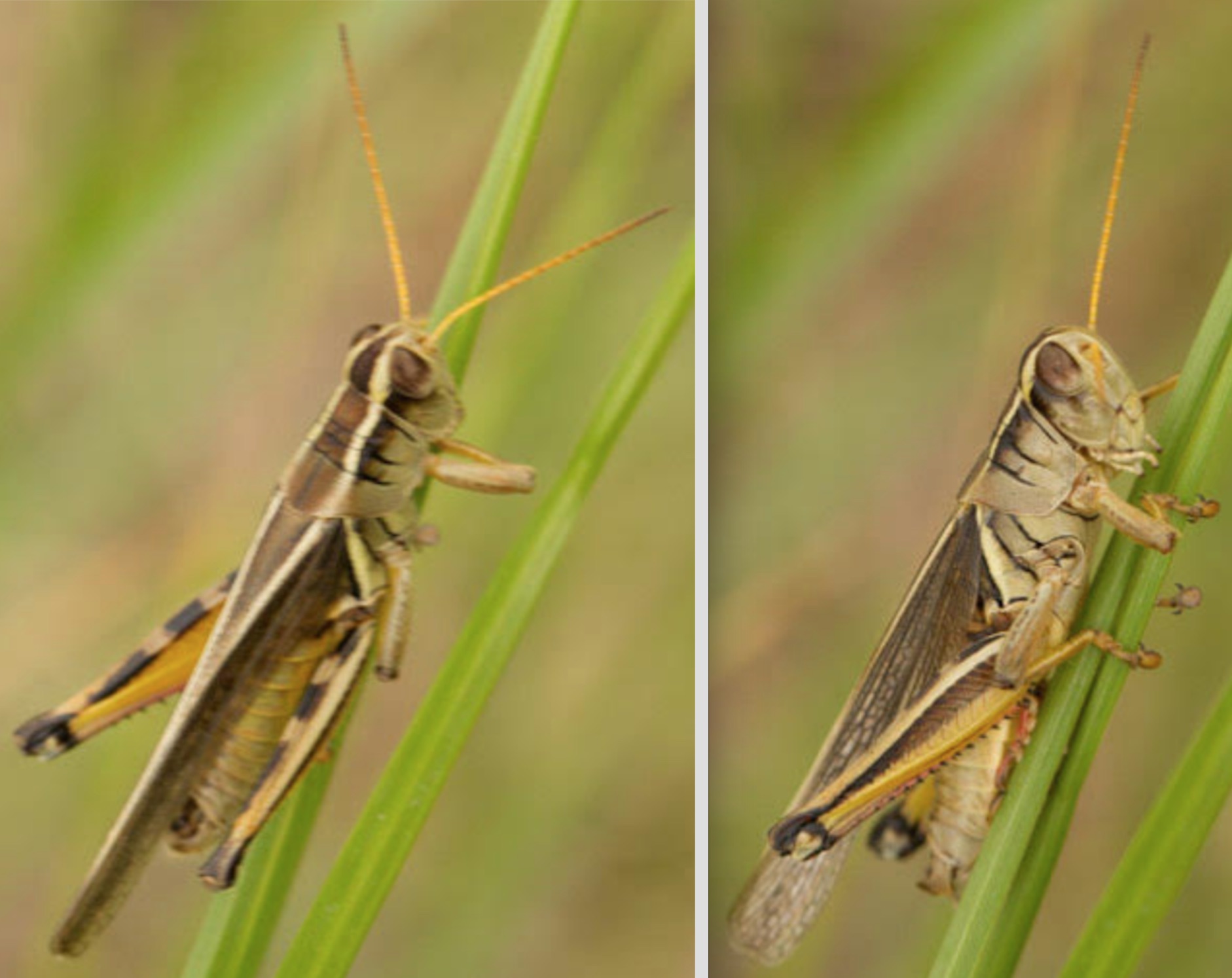

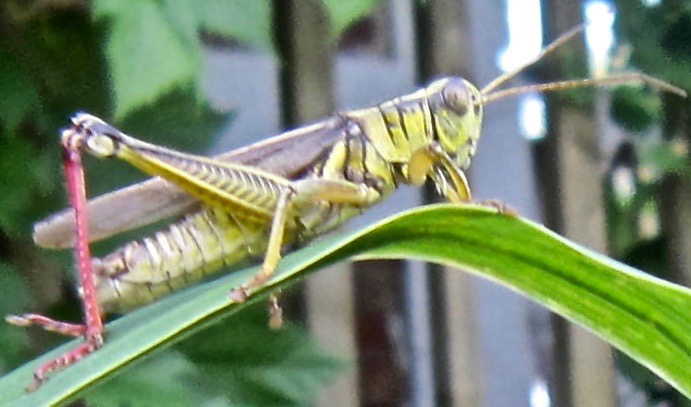
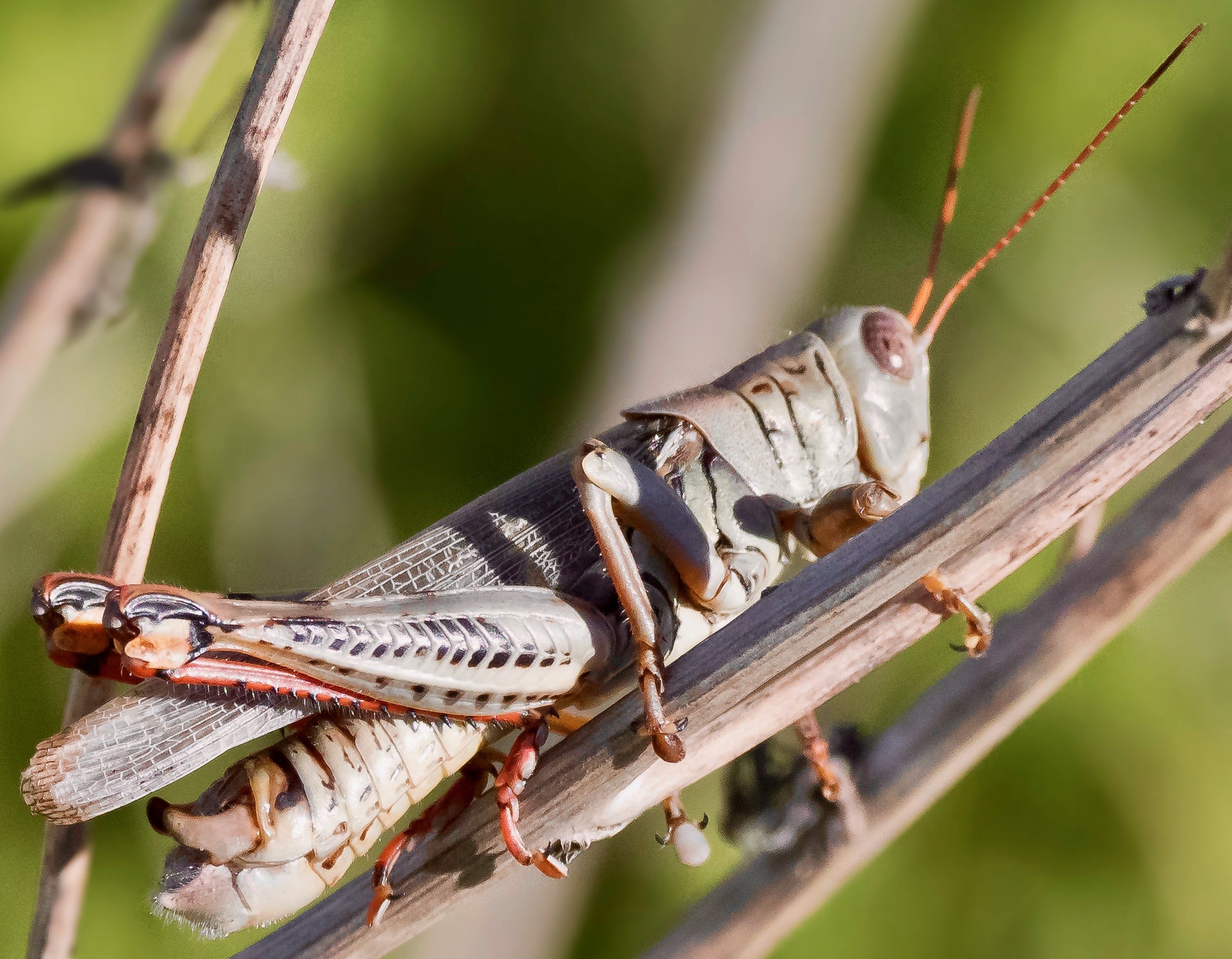
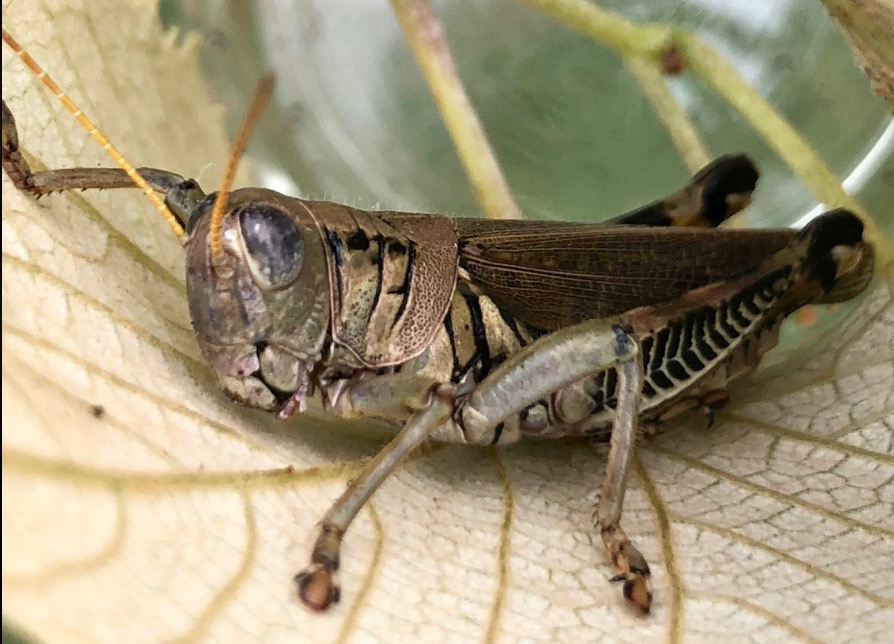



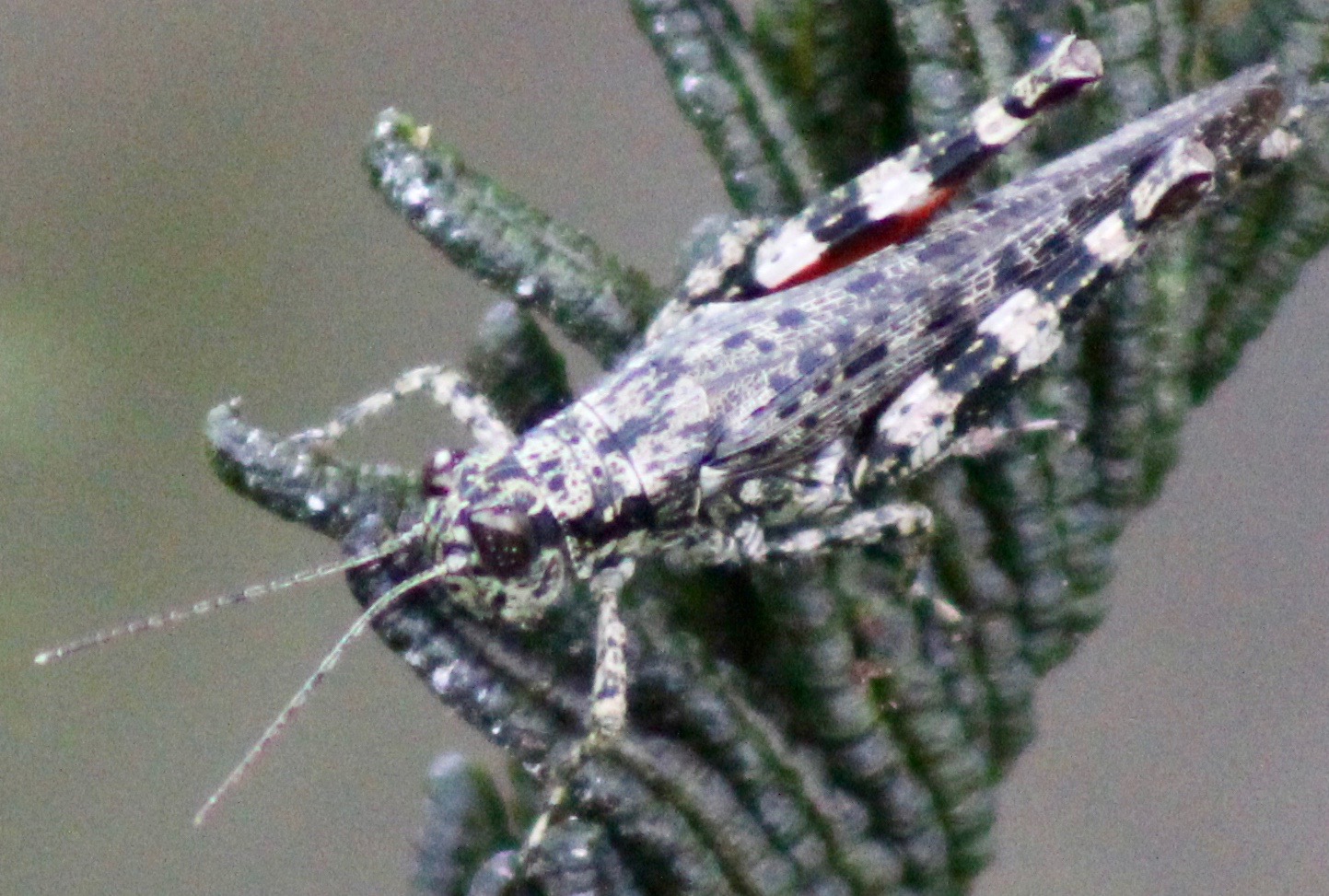


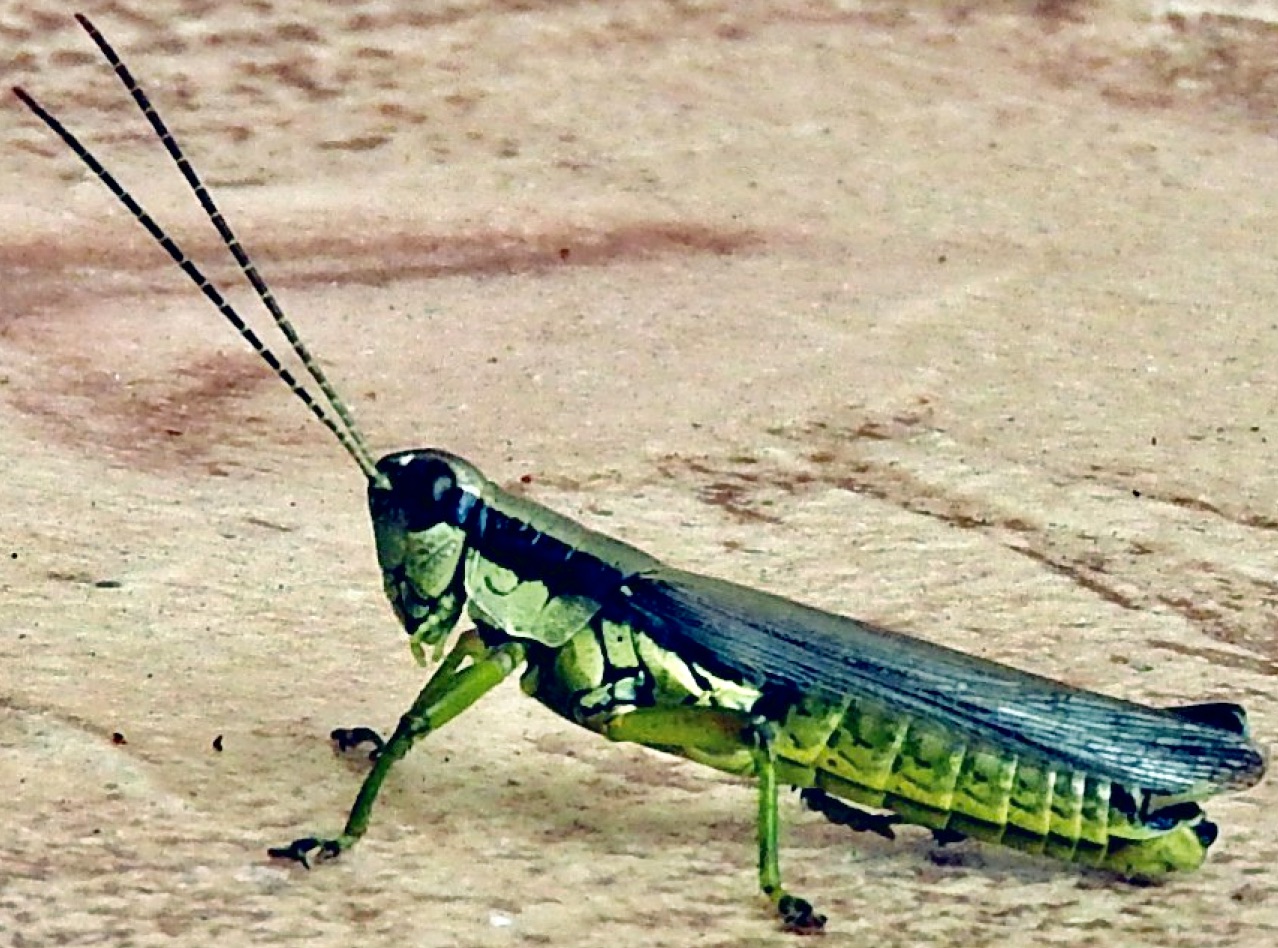


.jpg)



